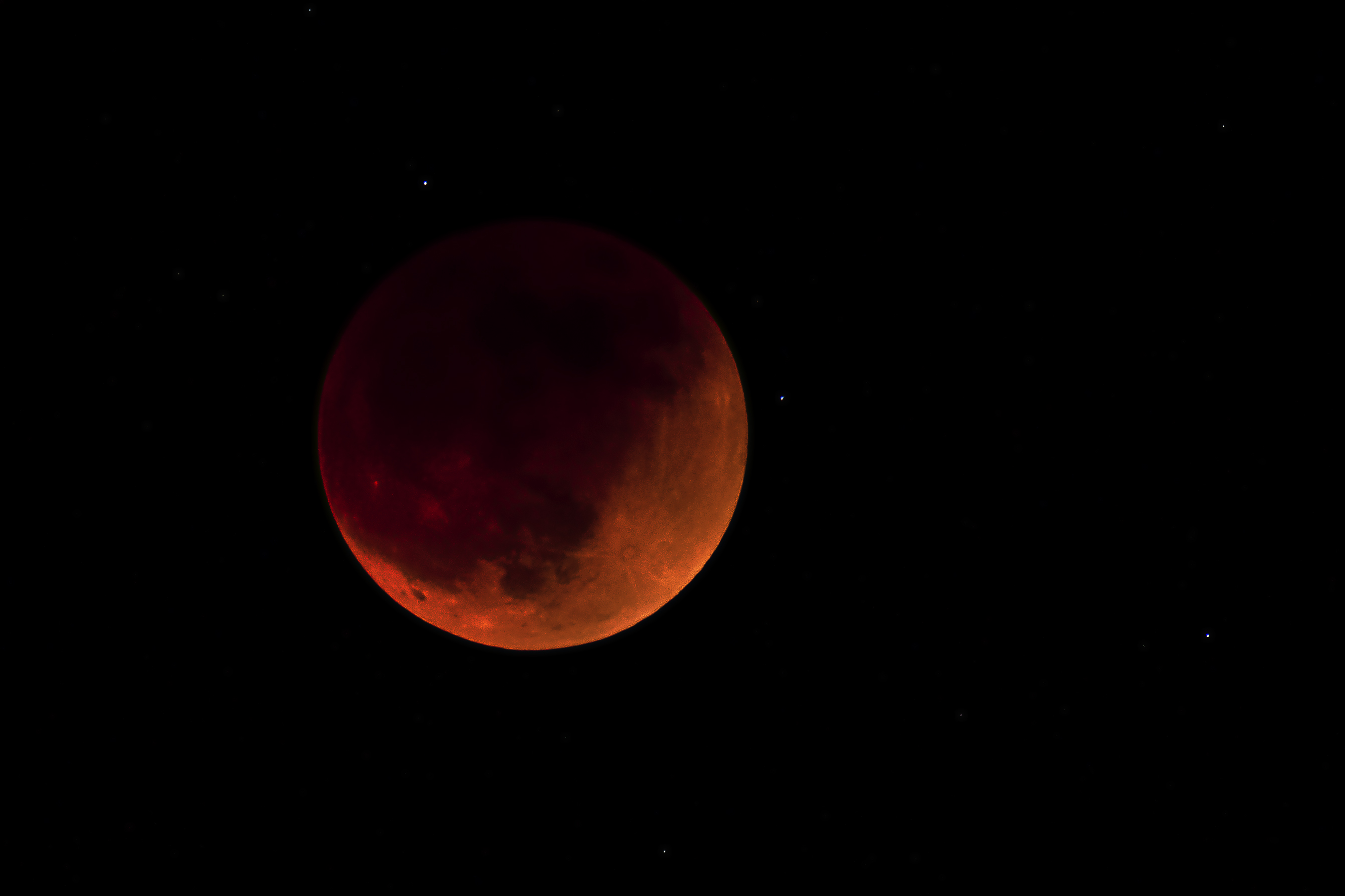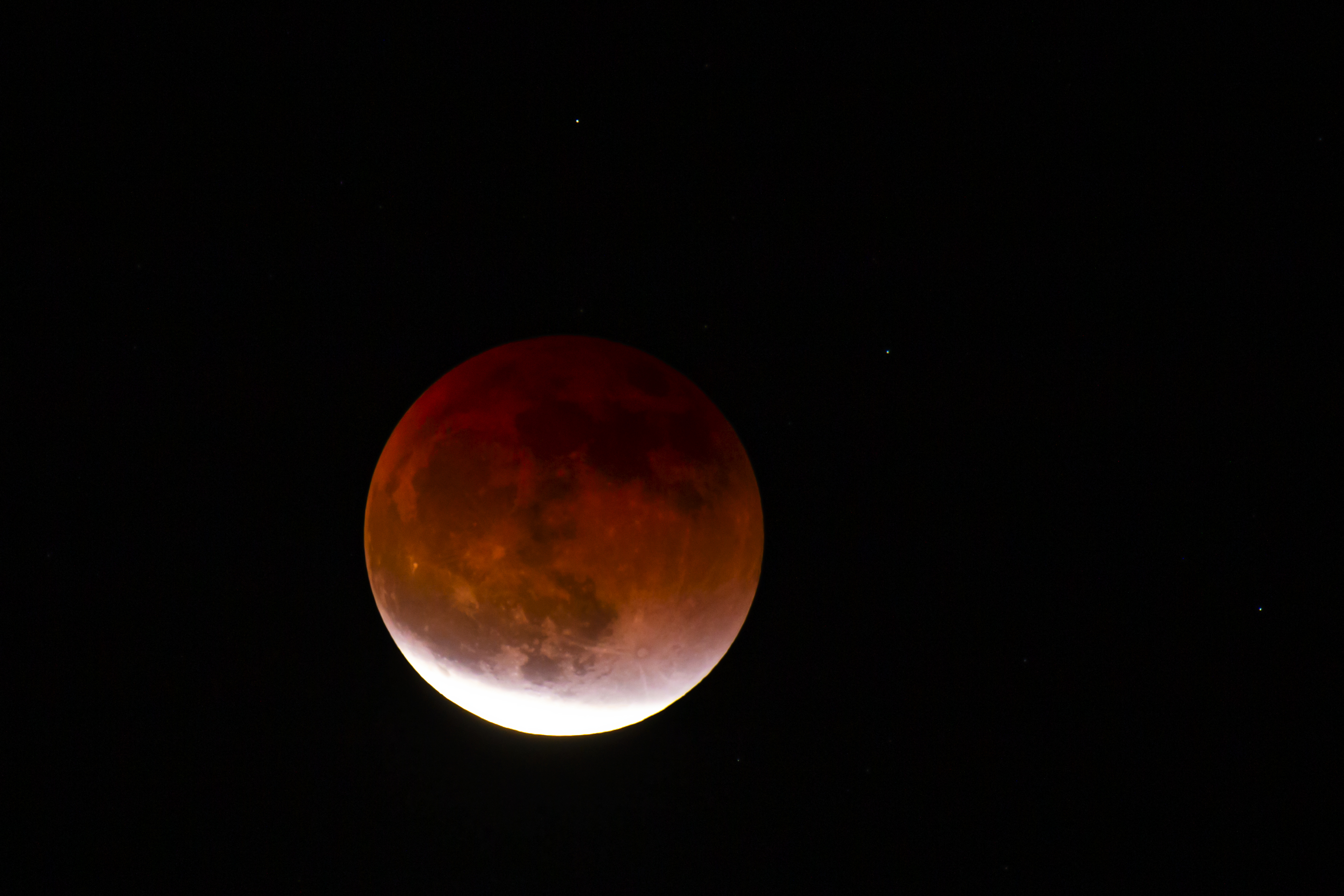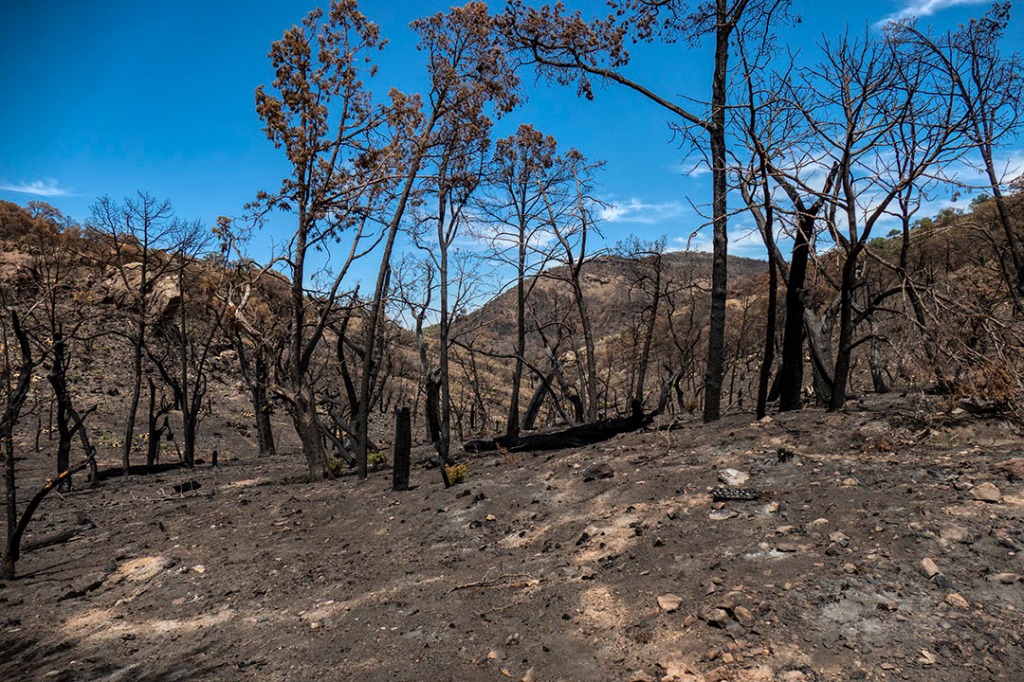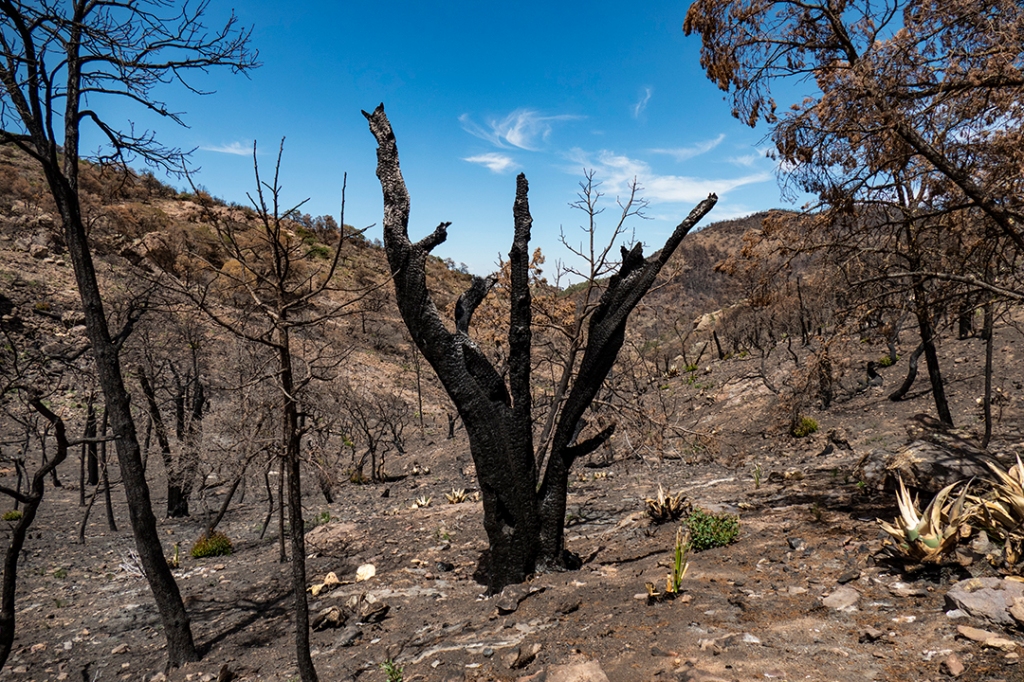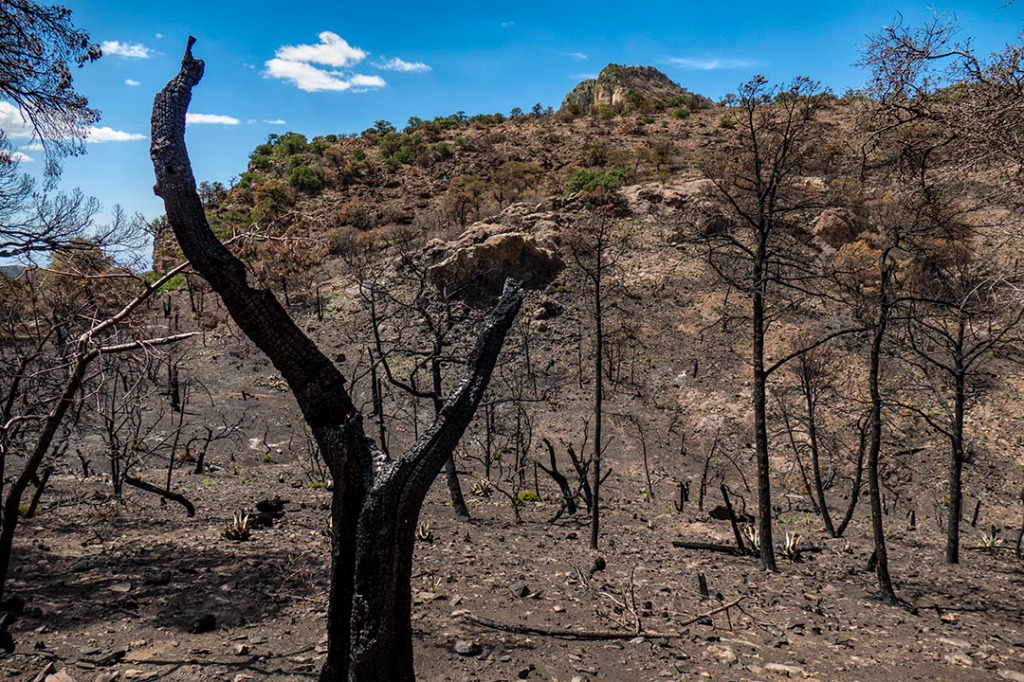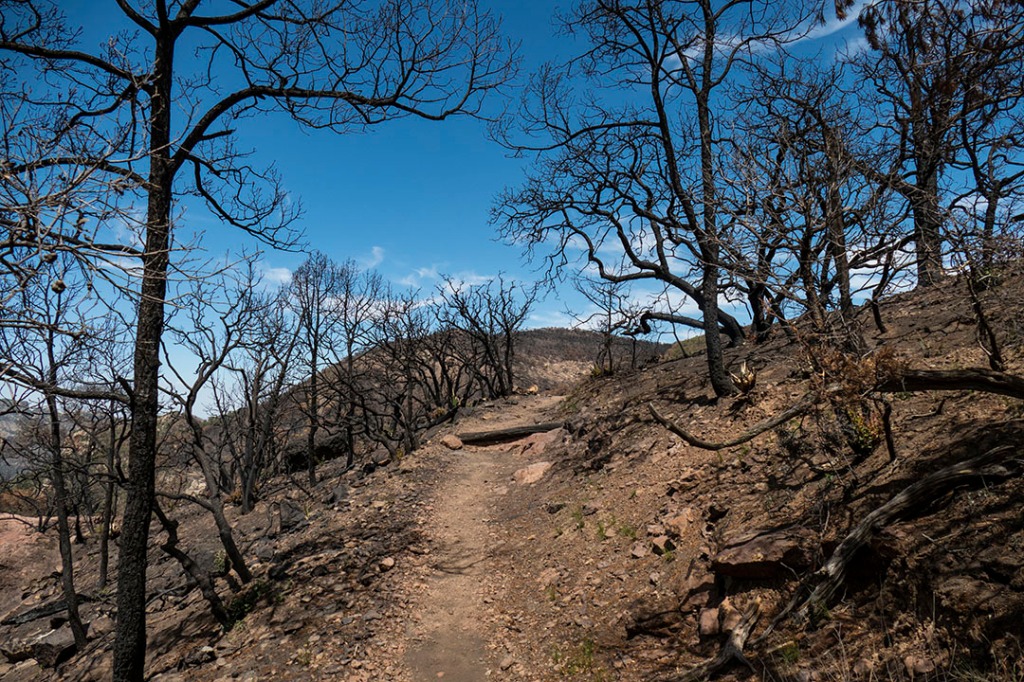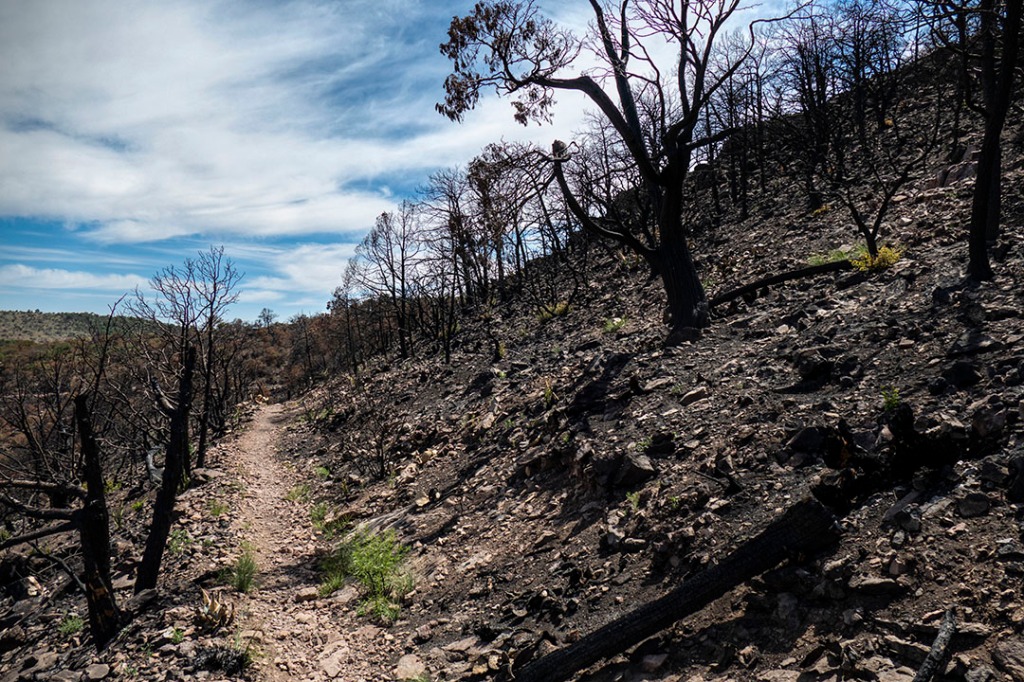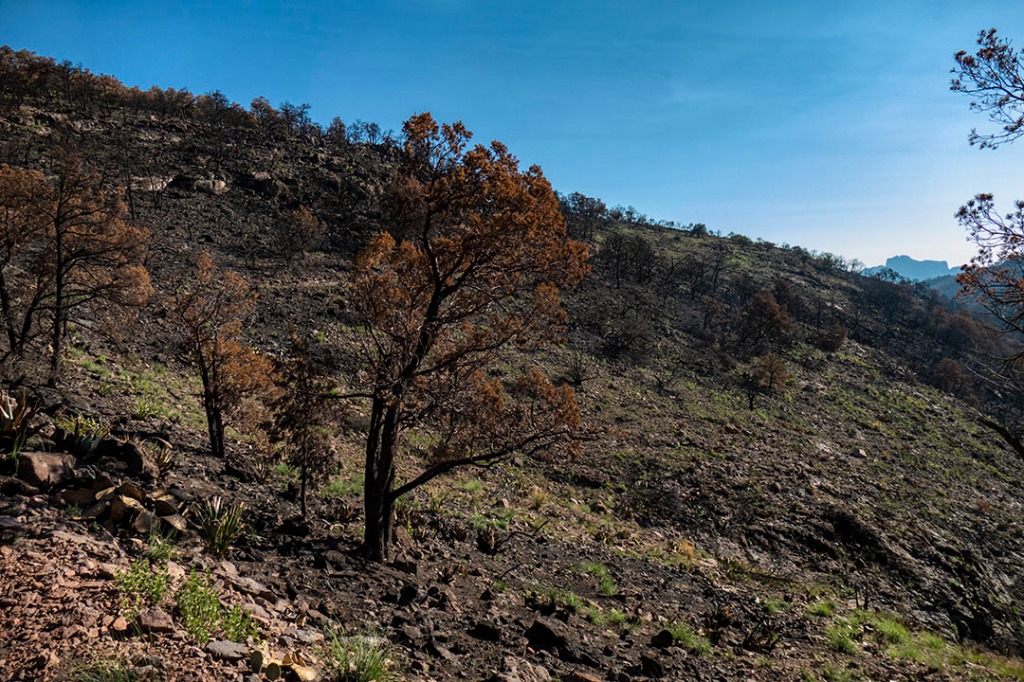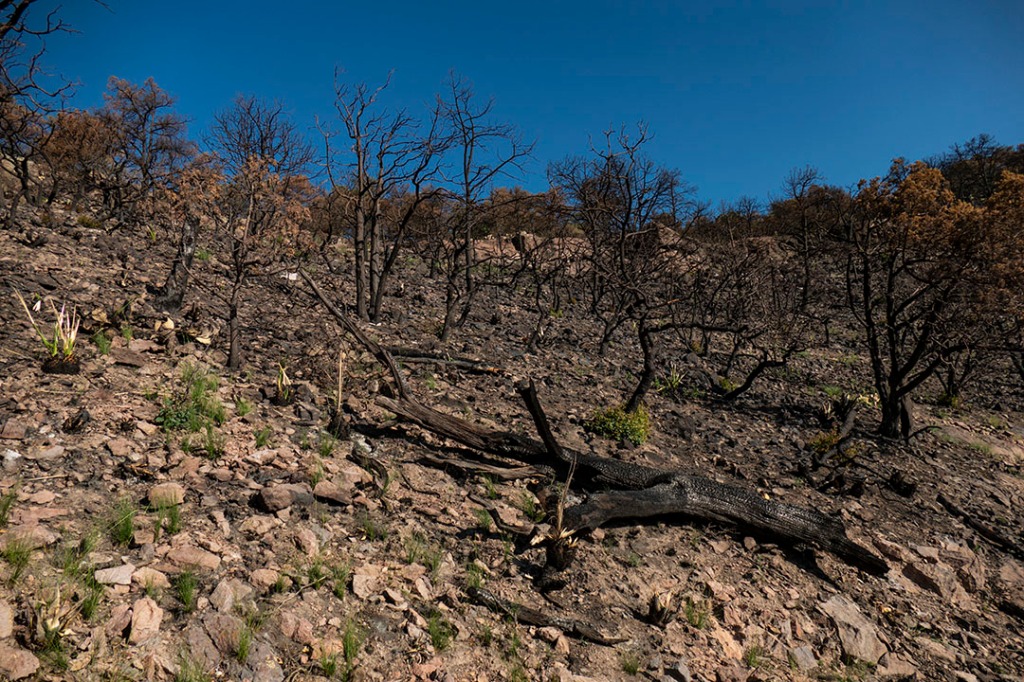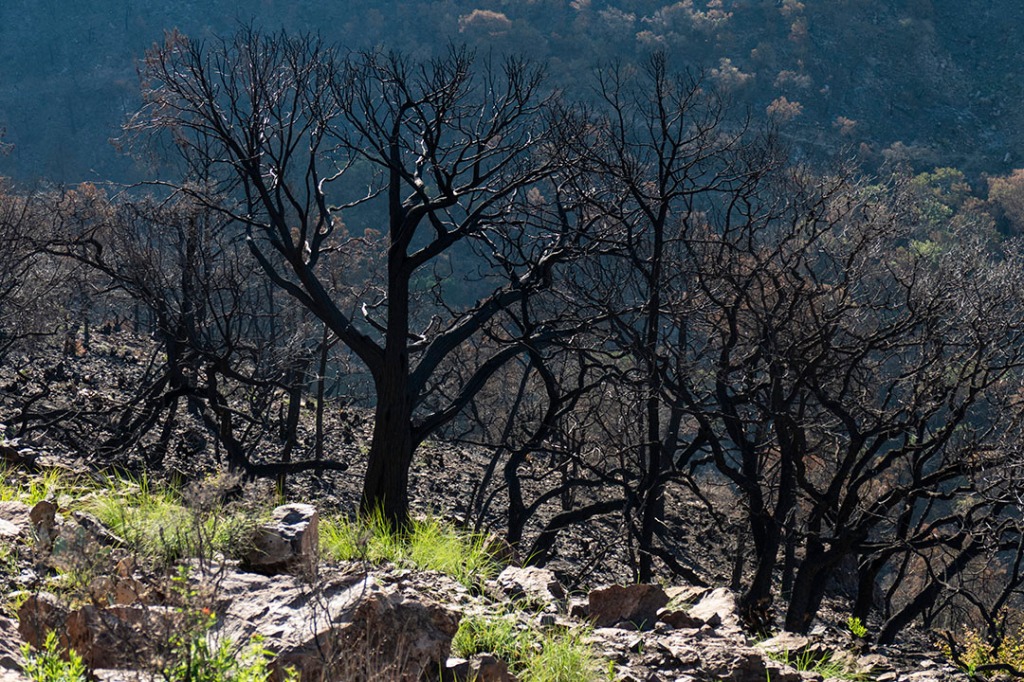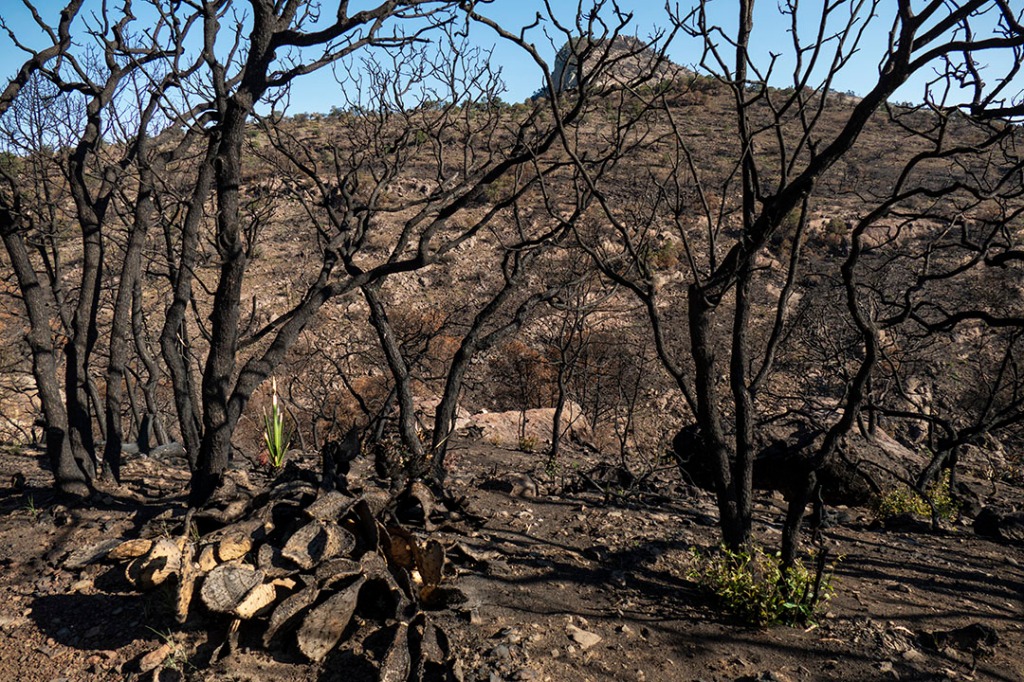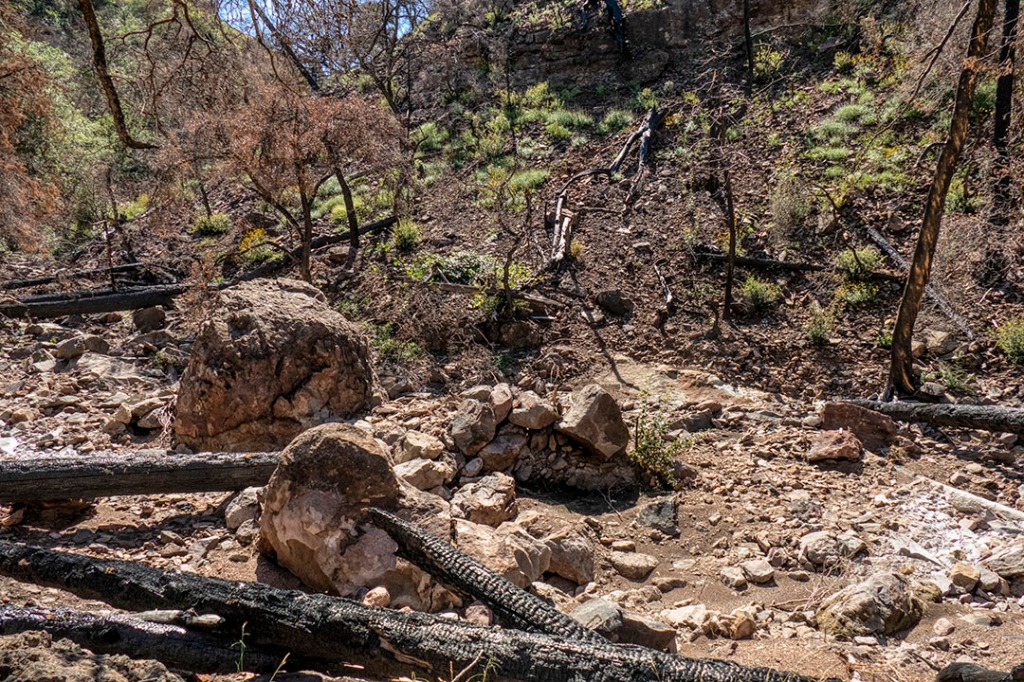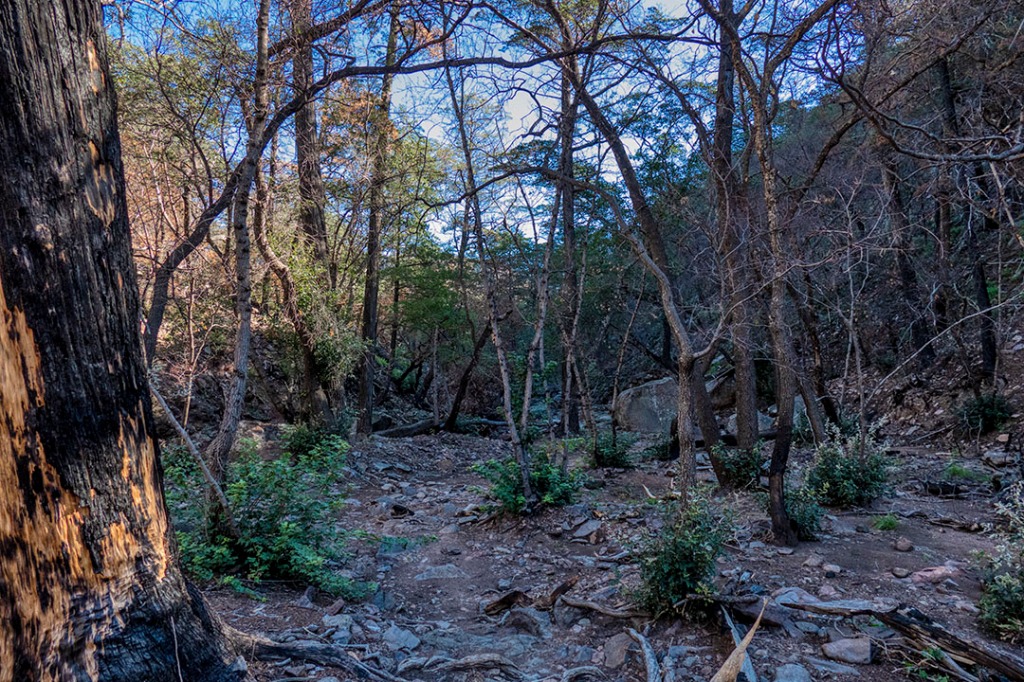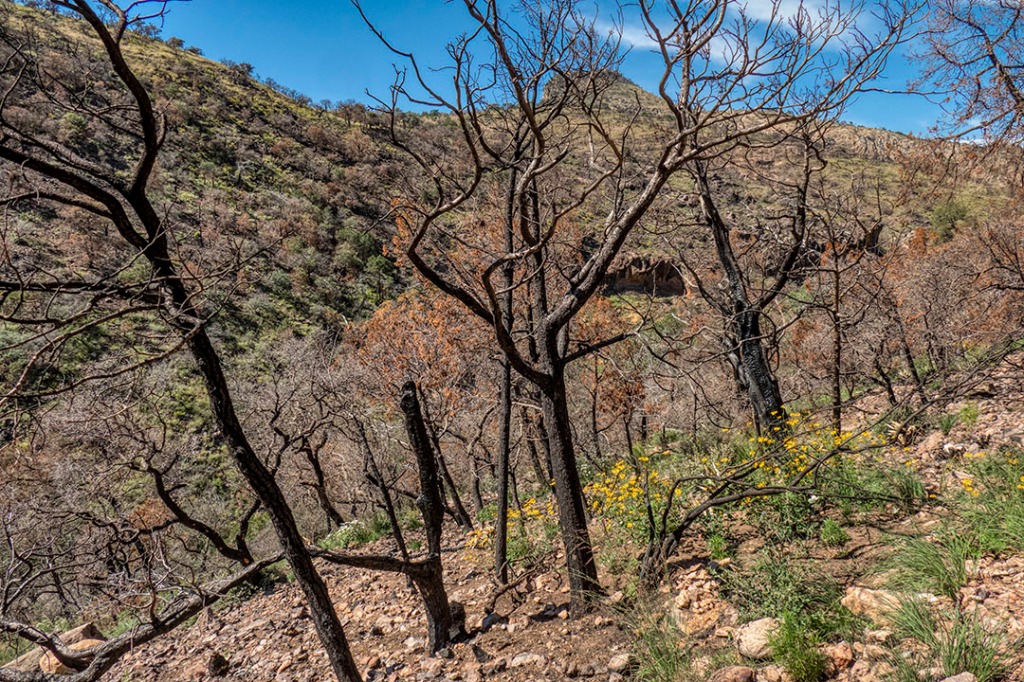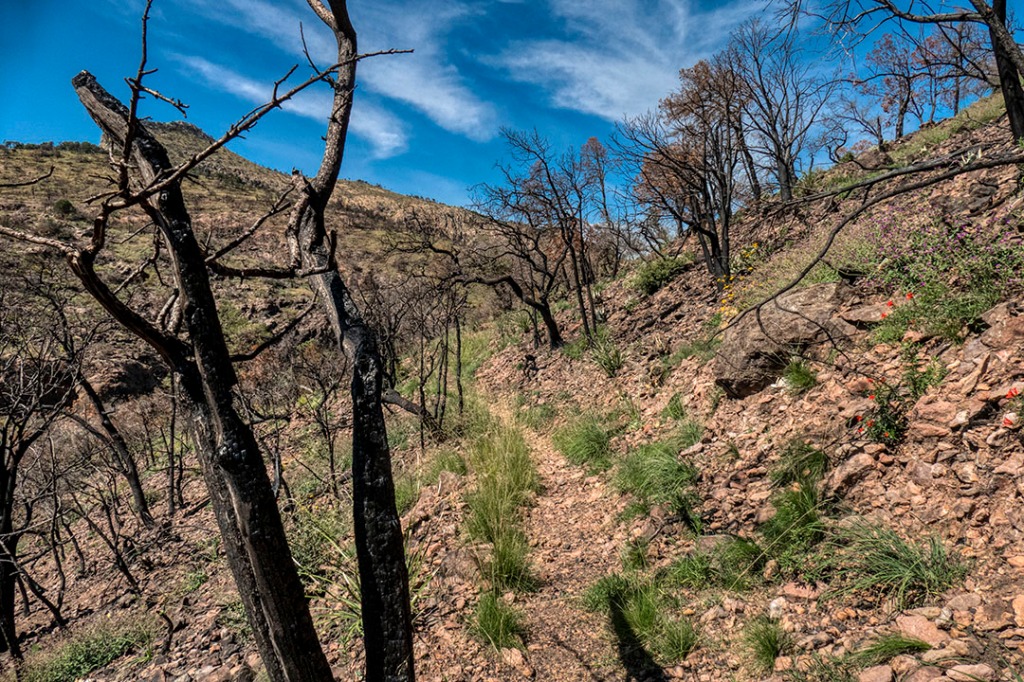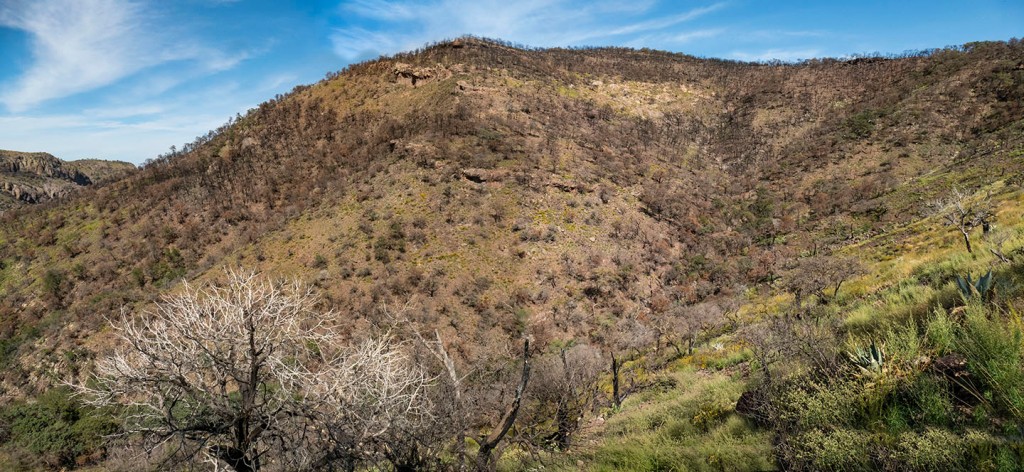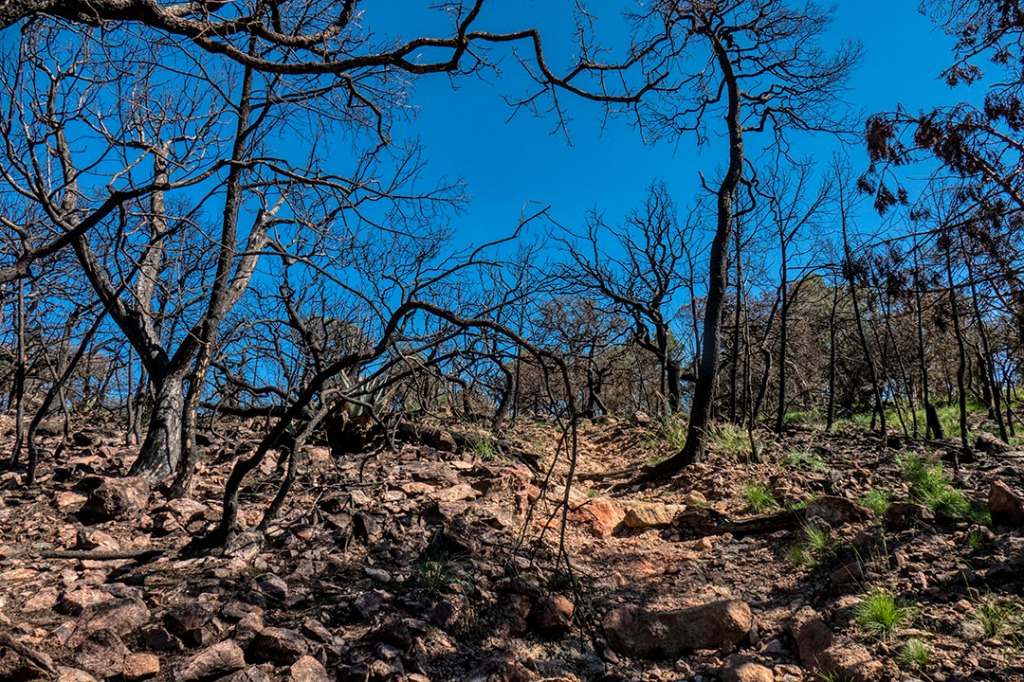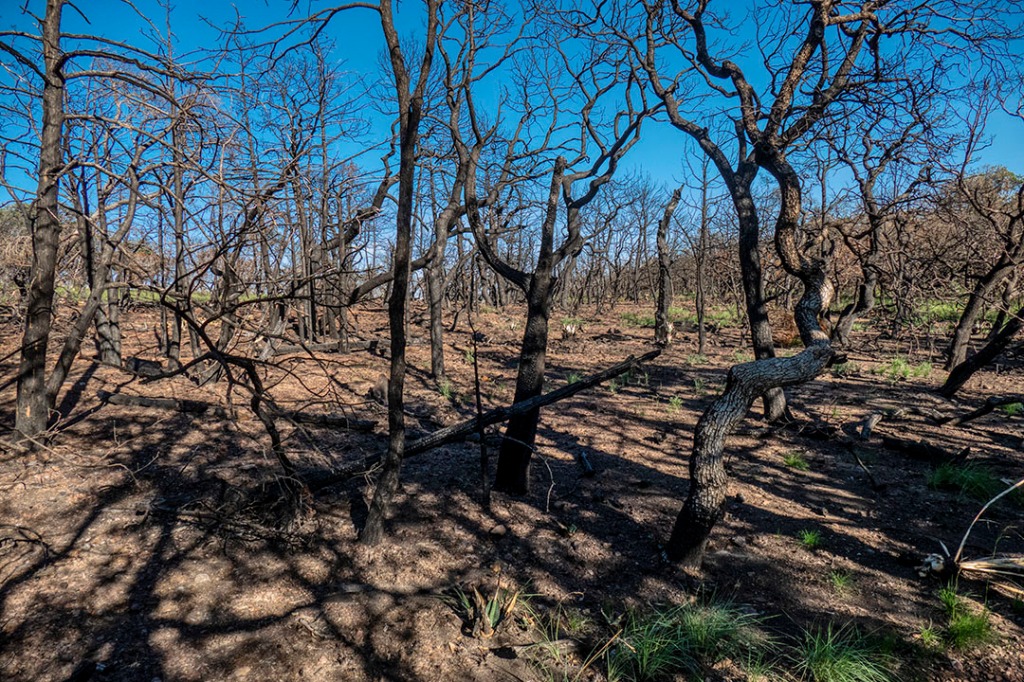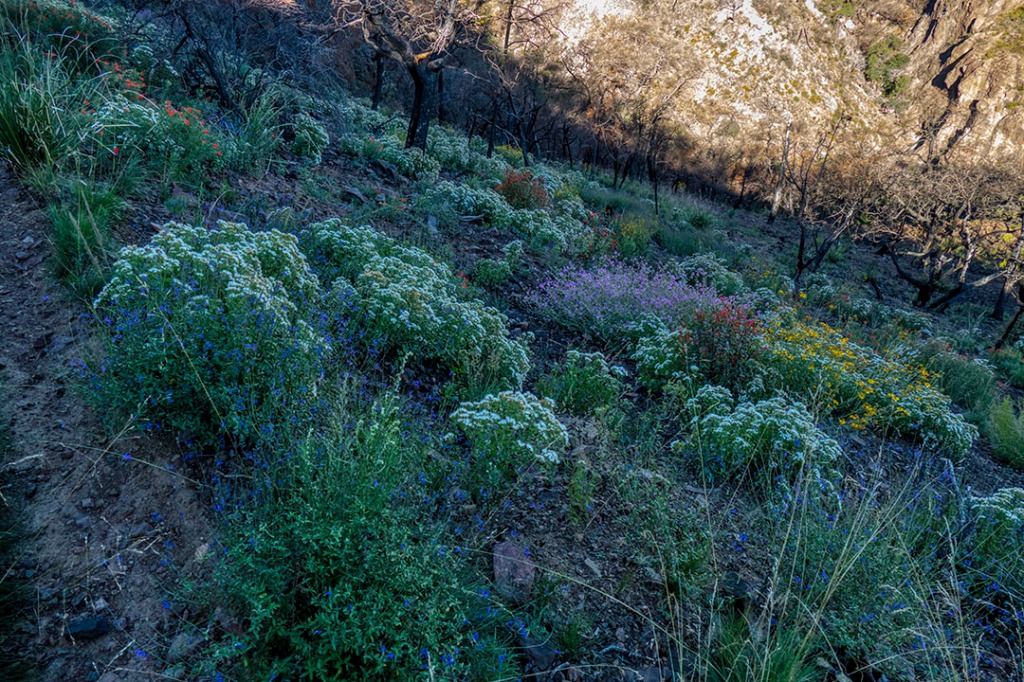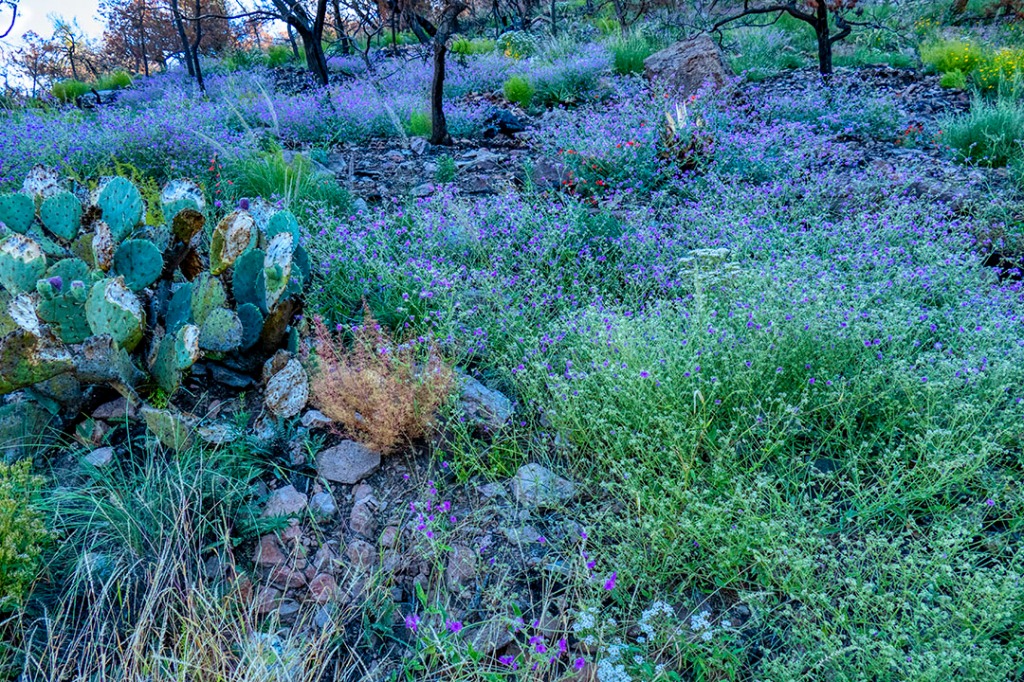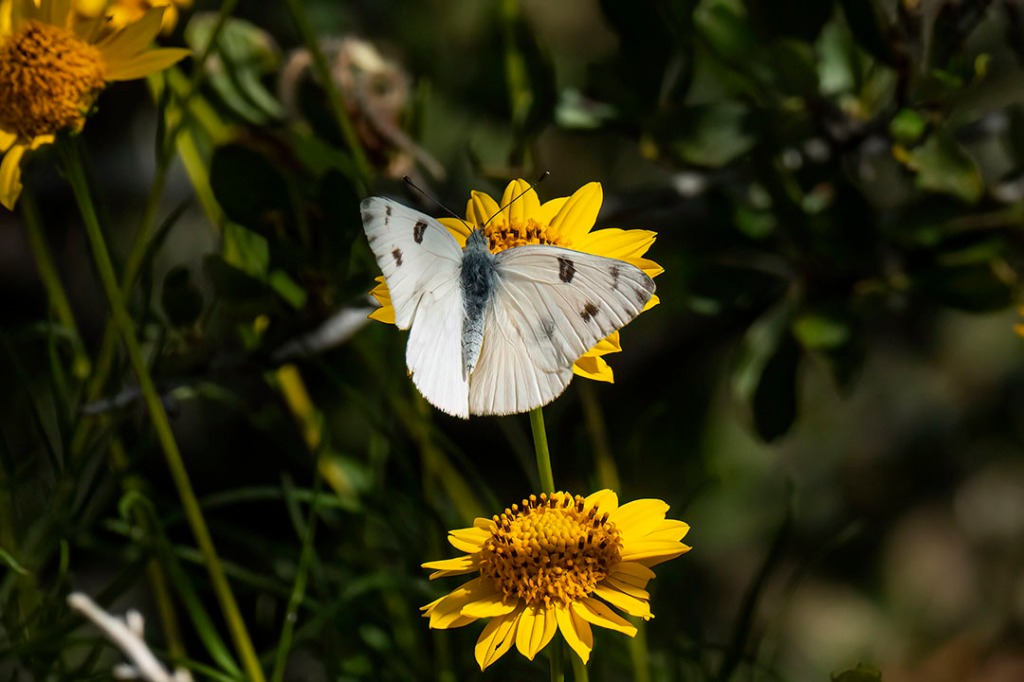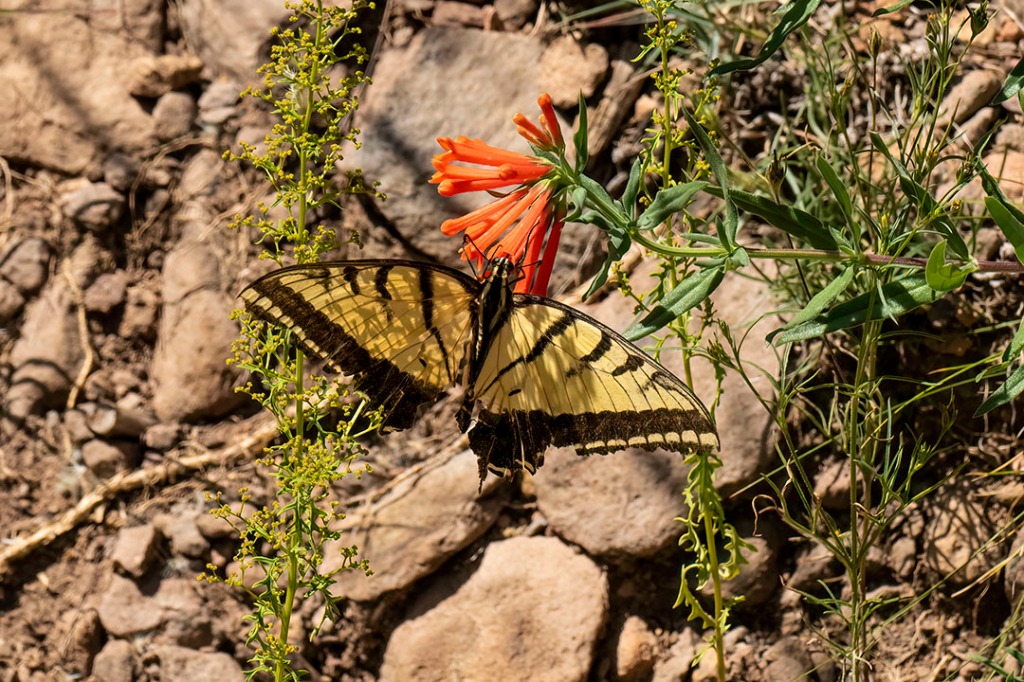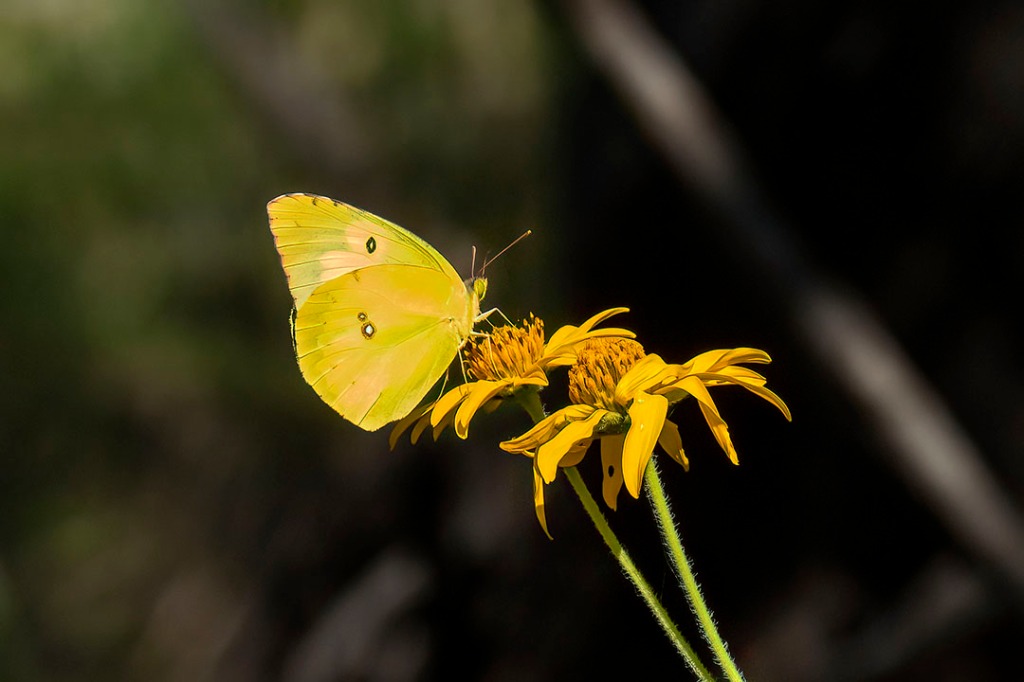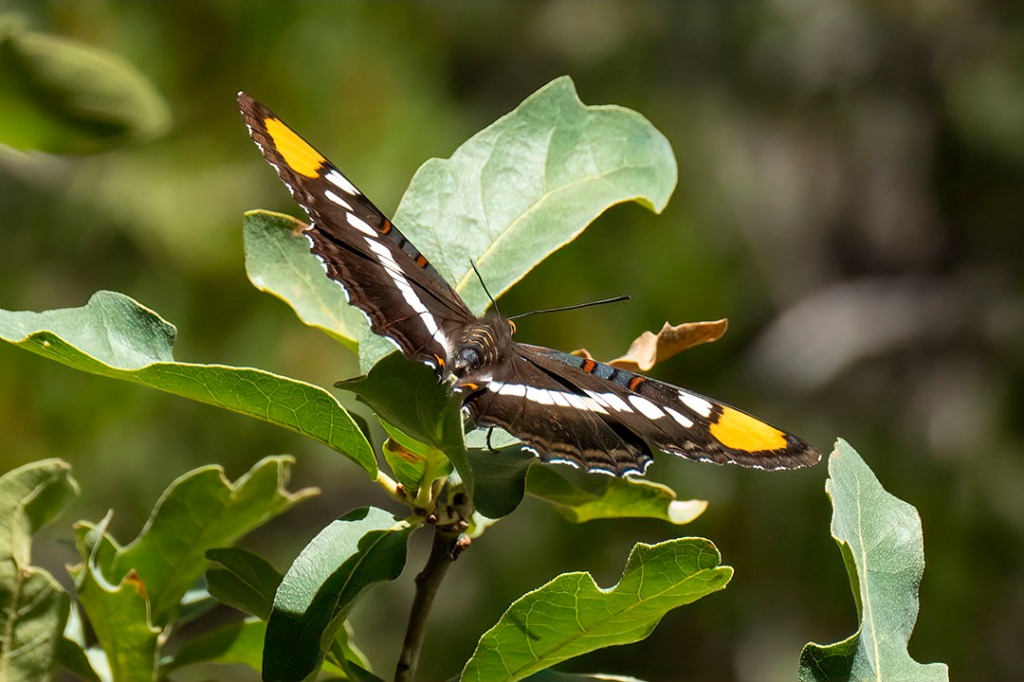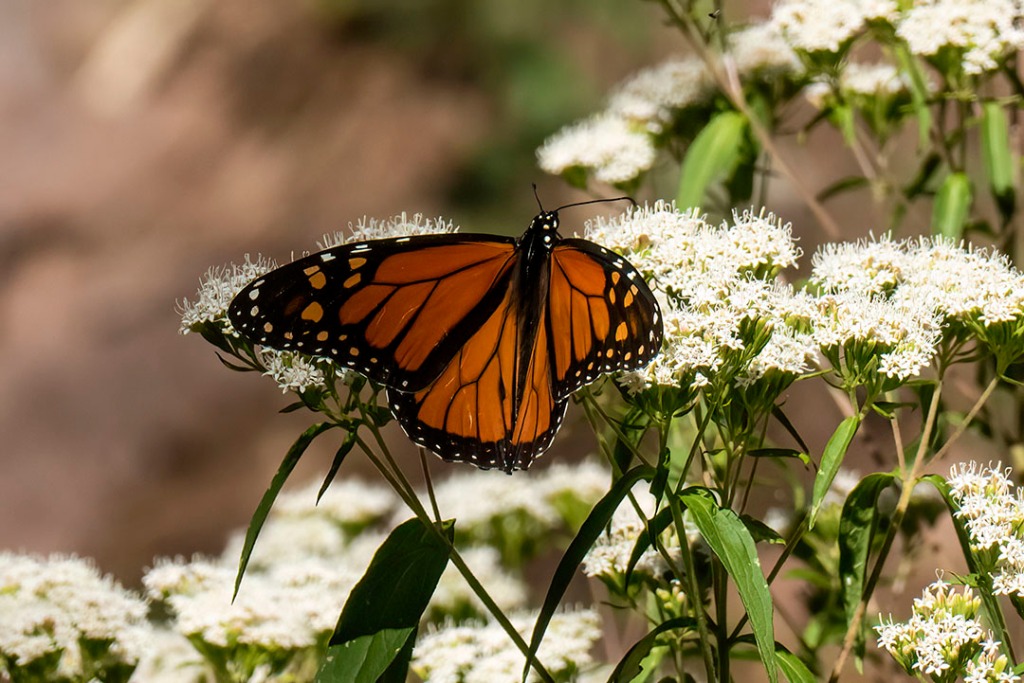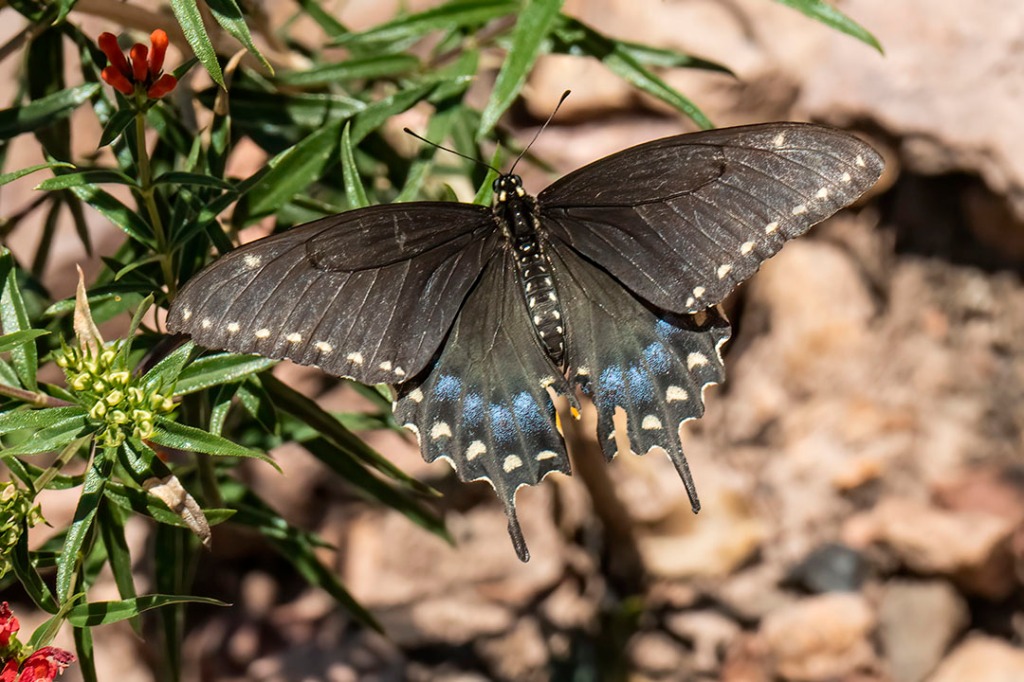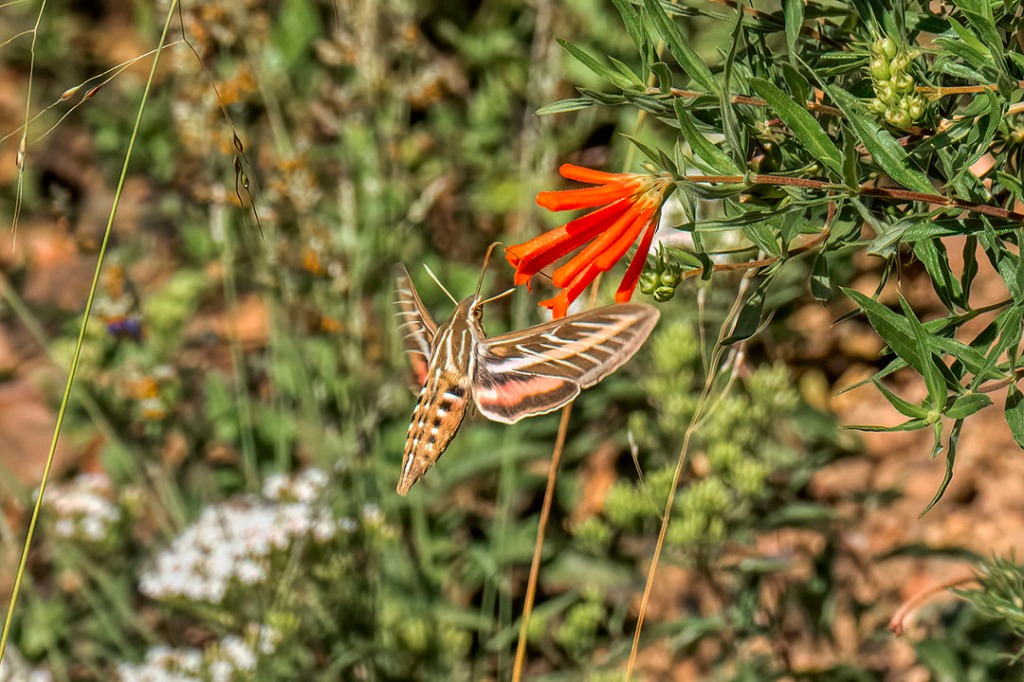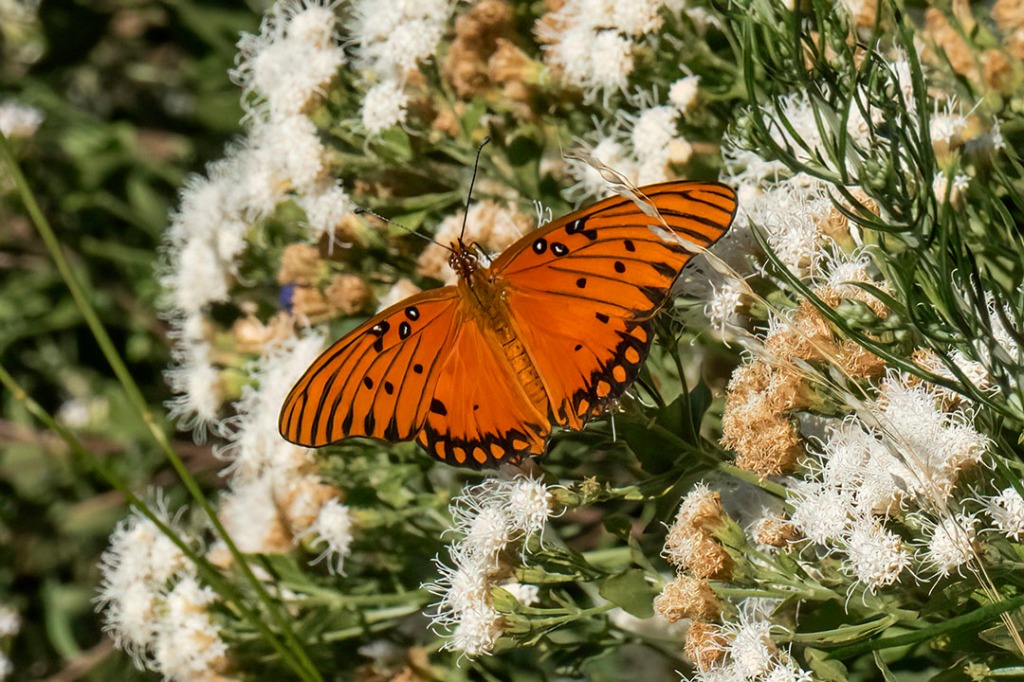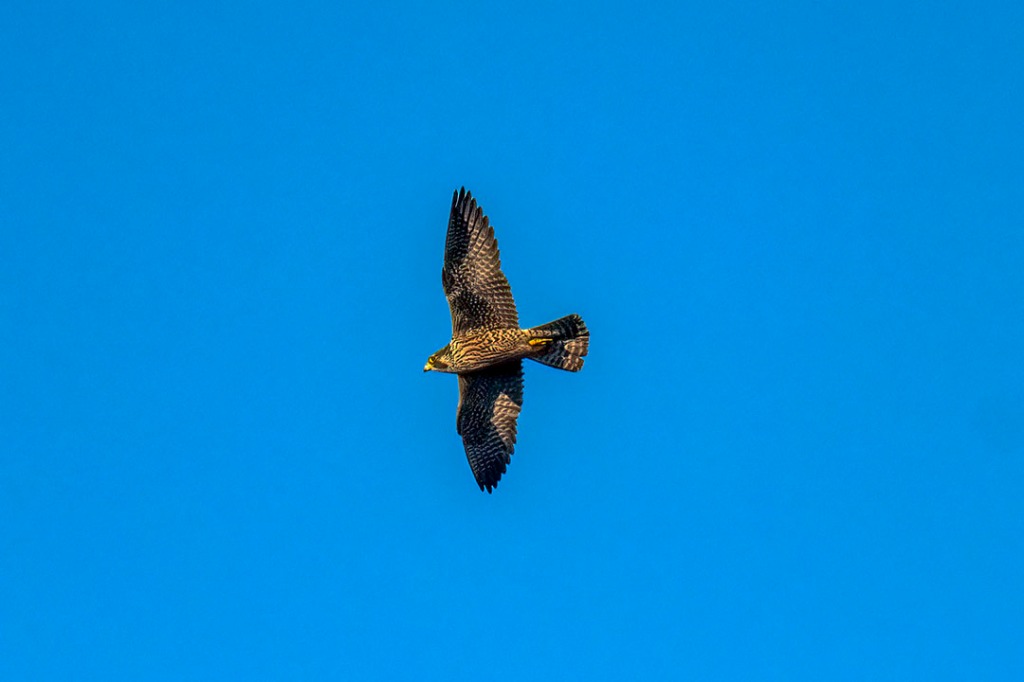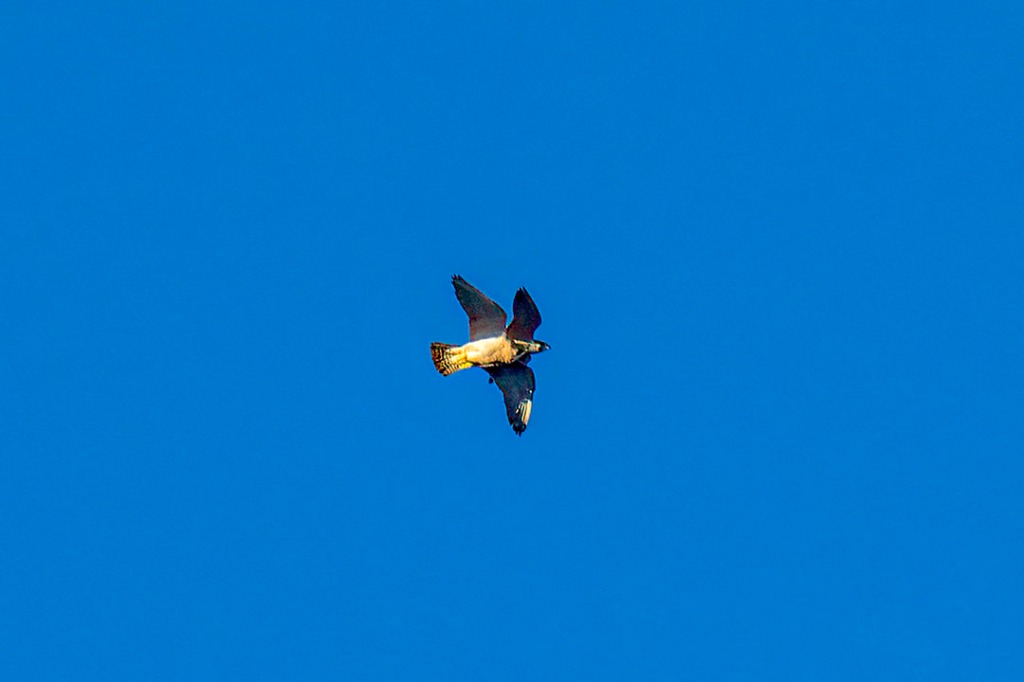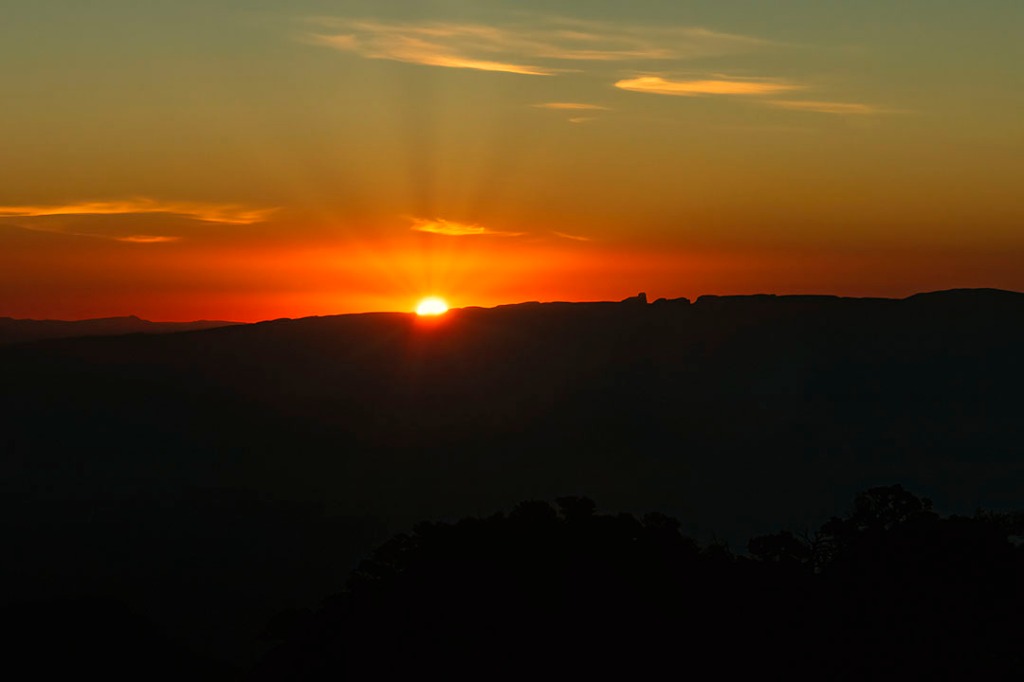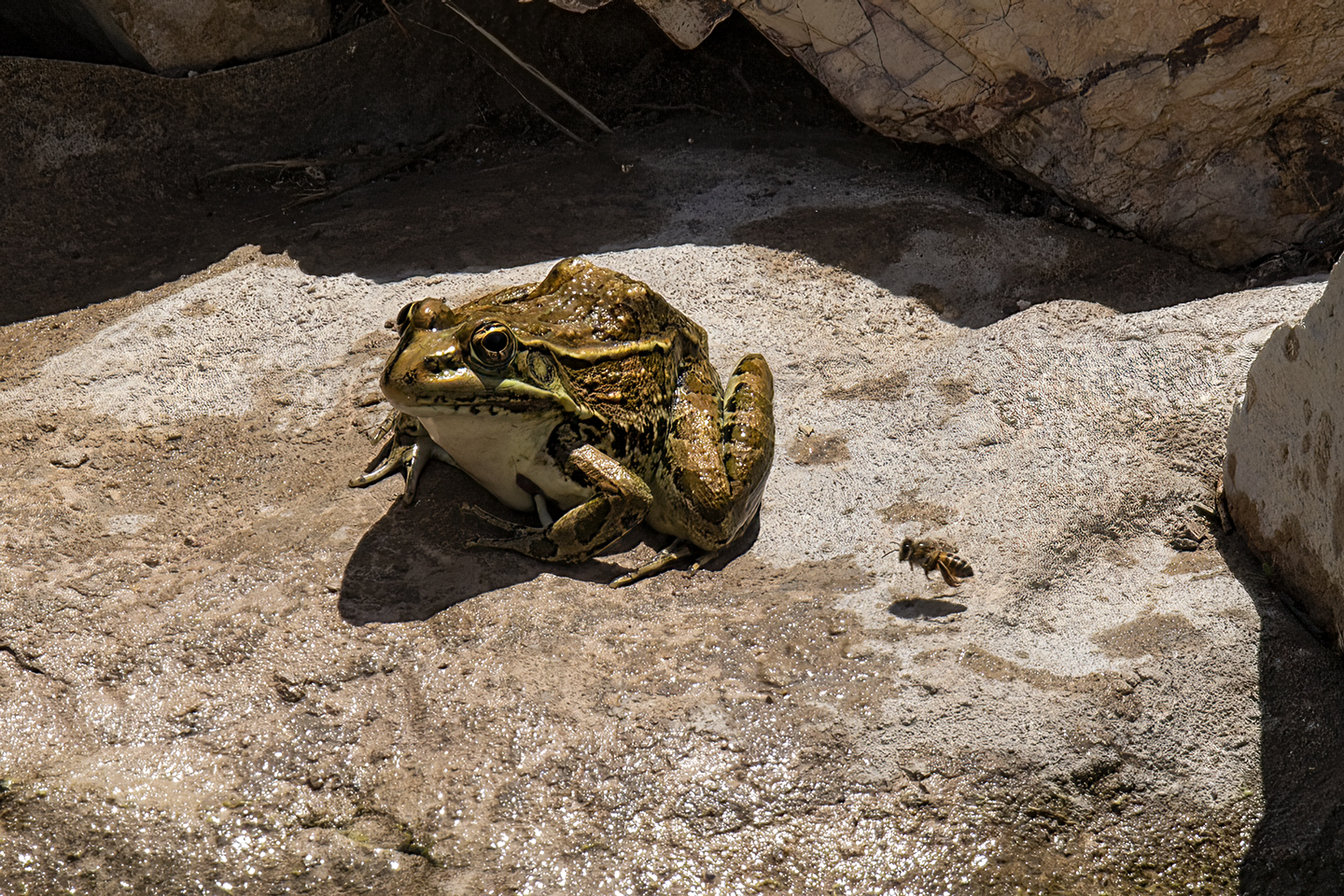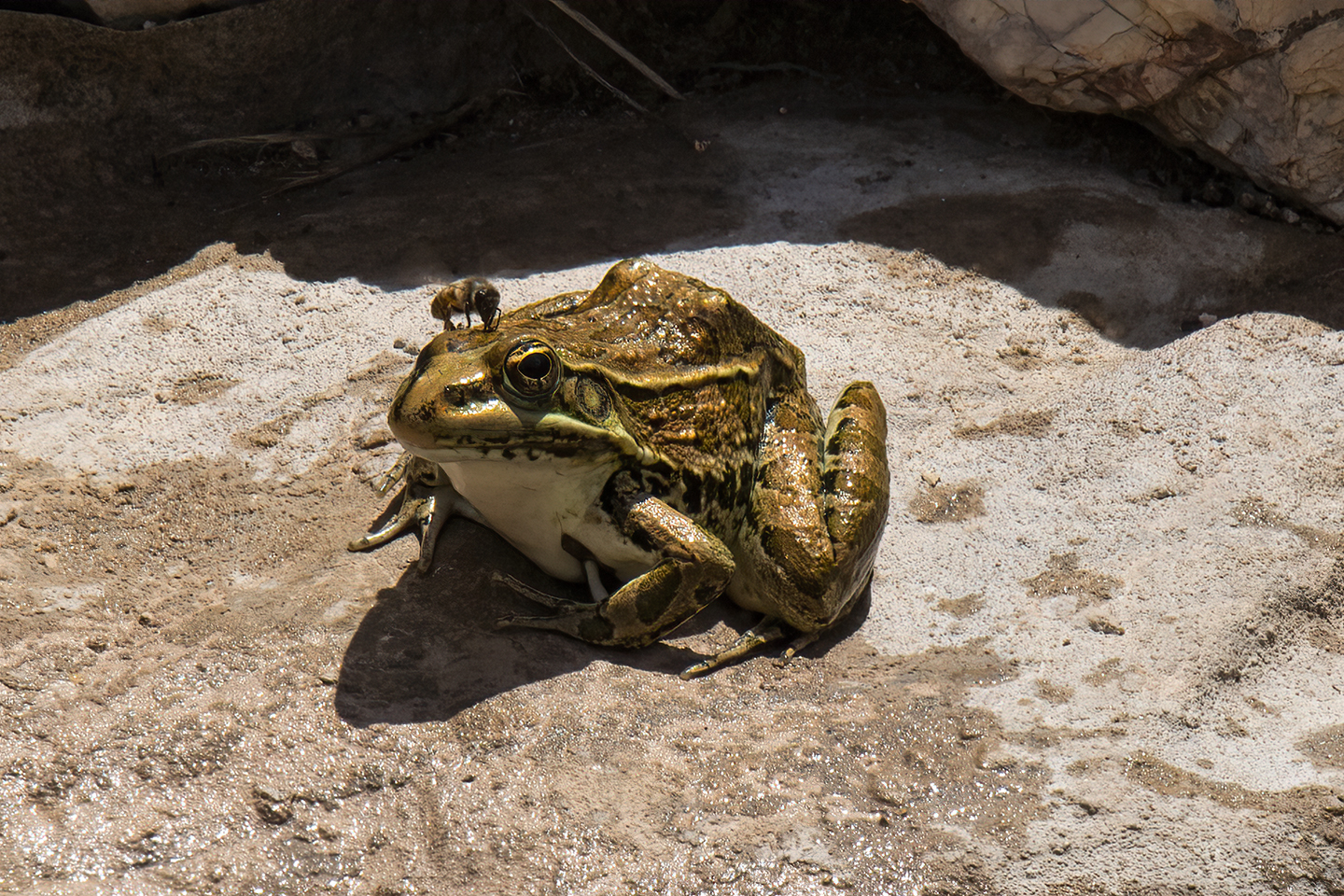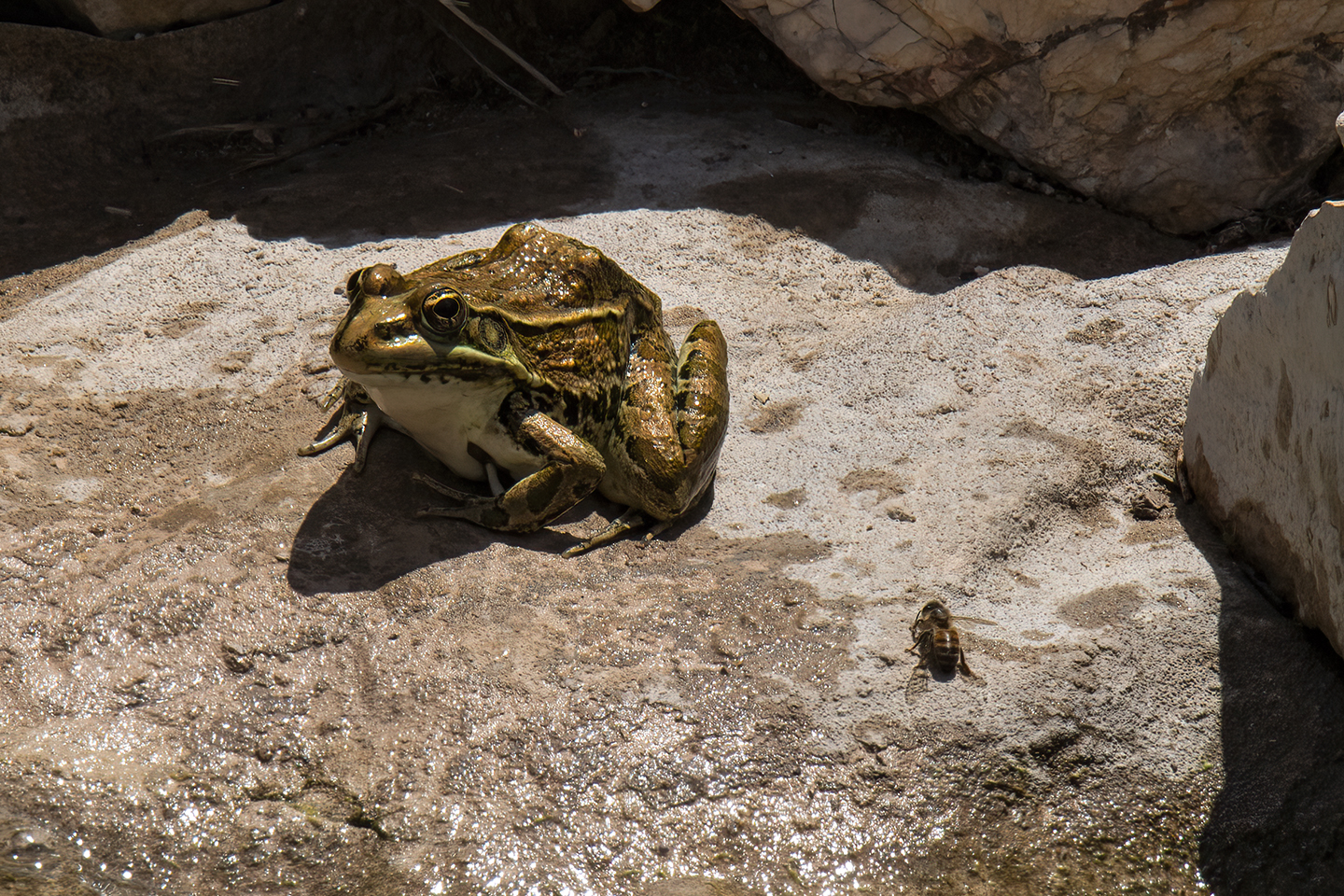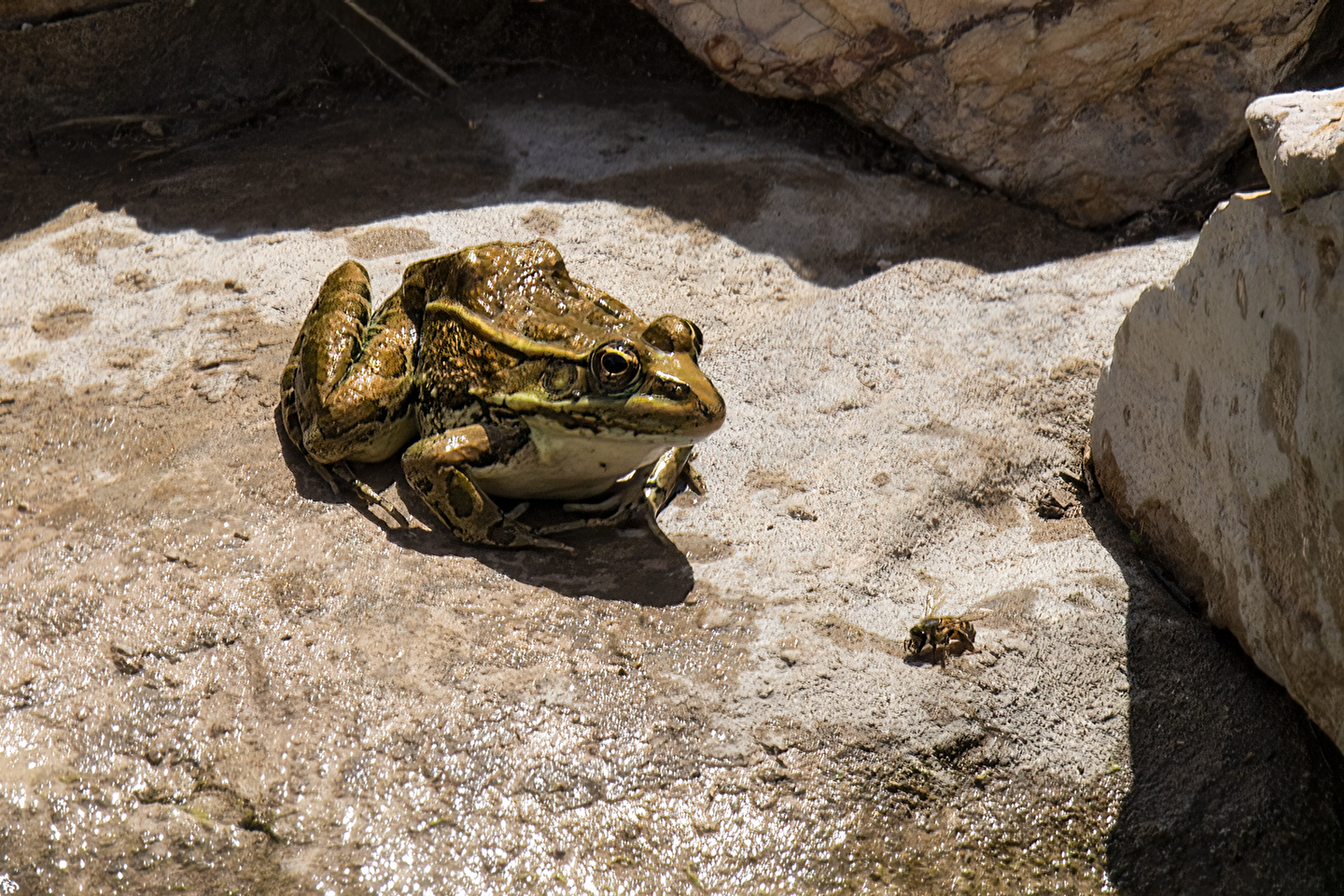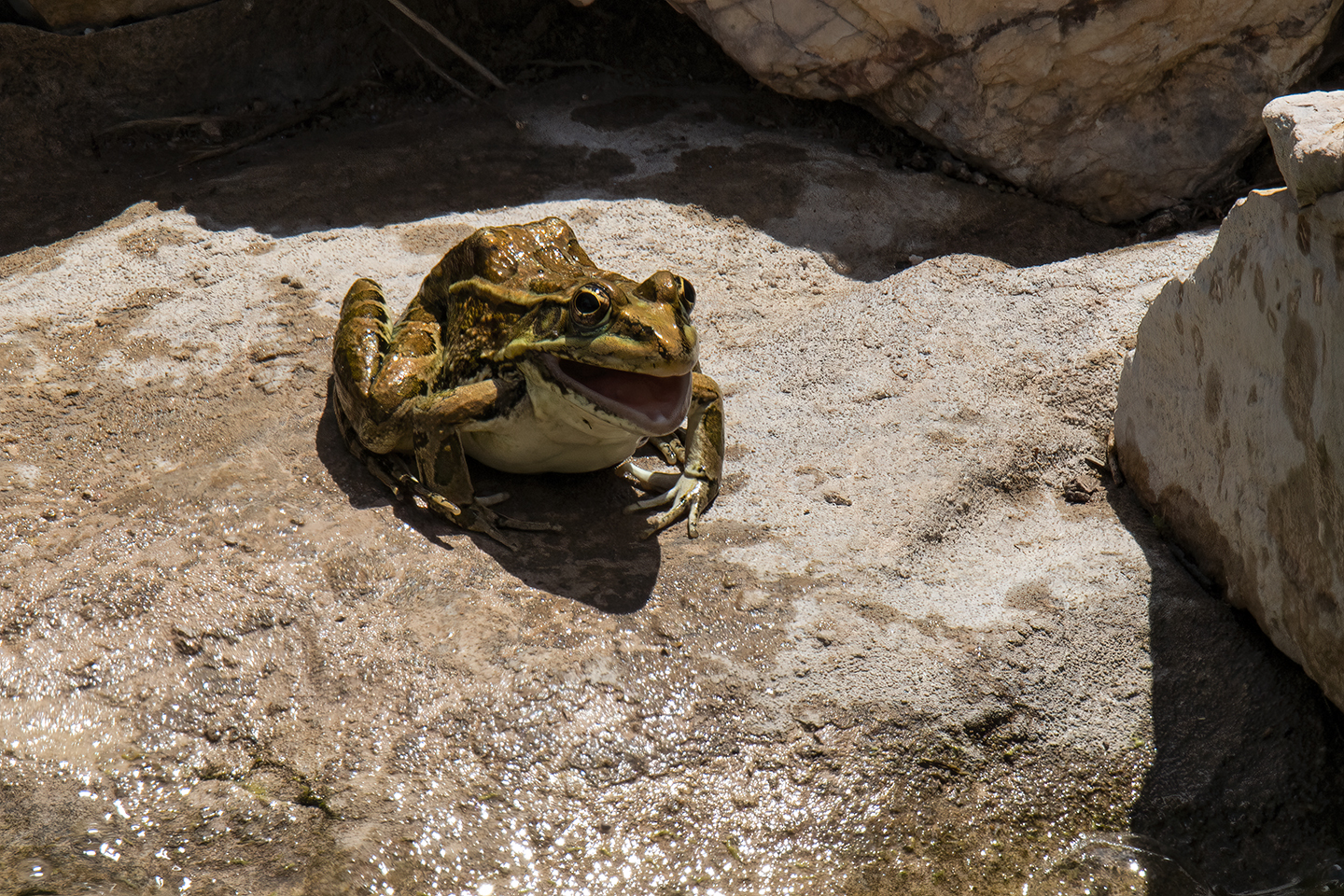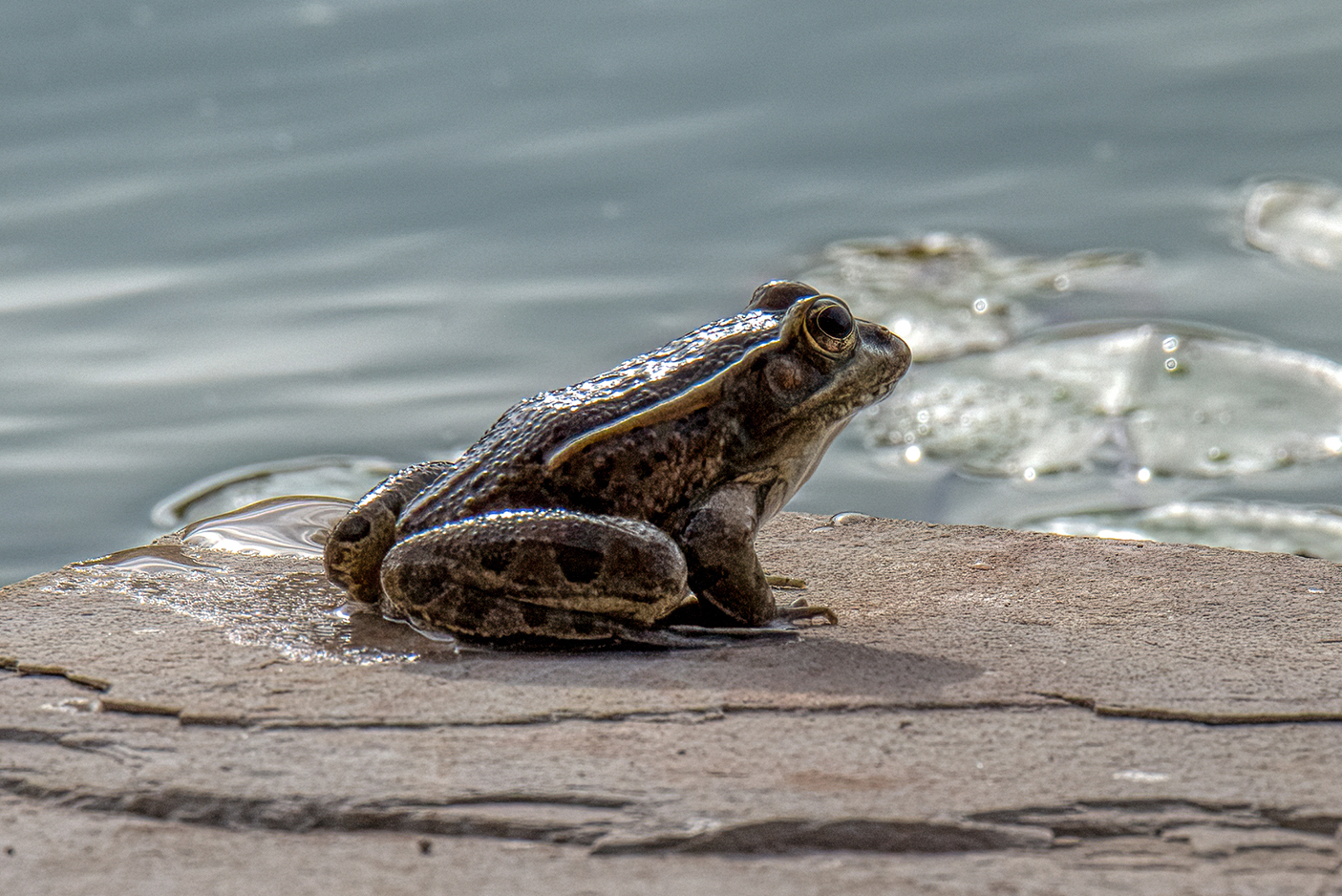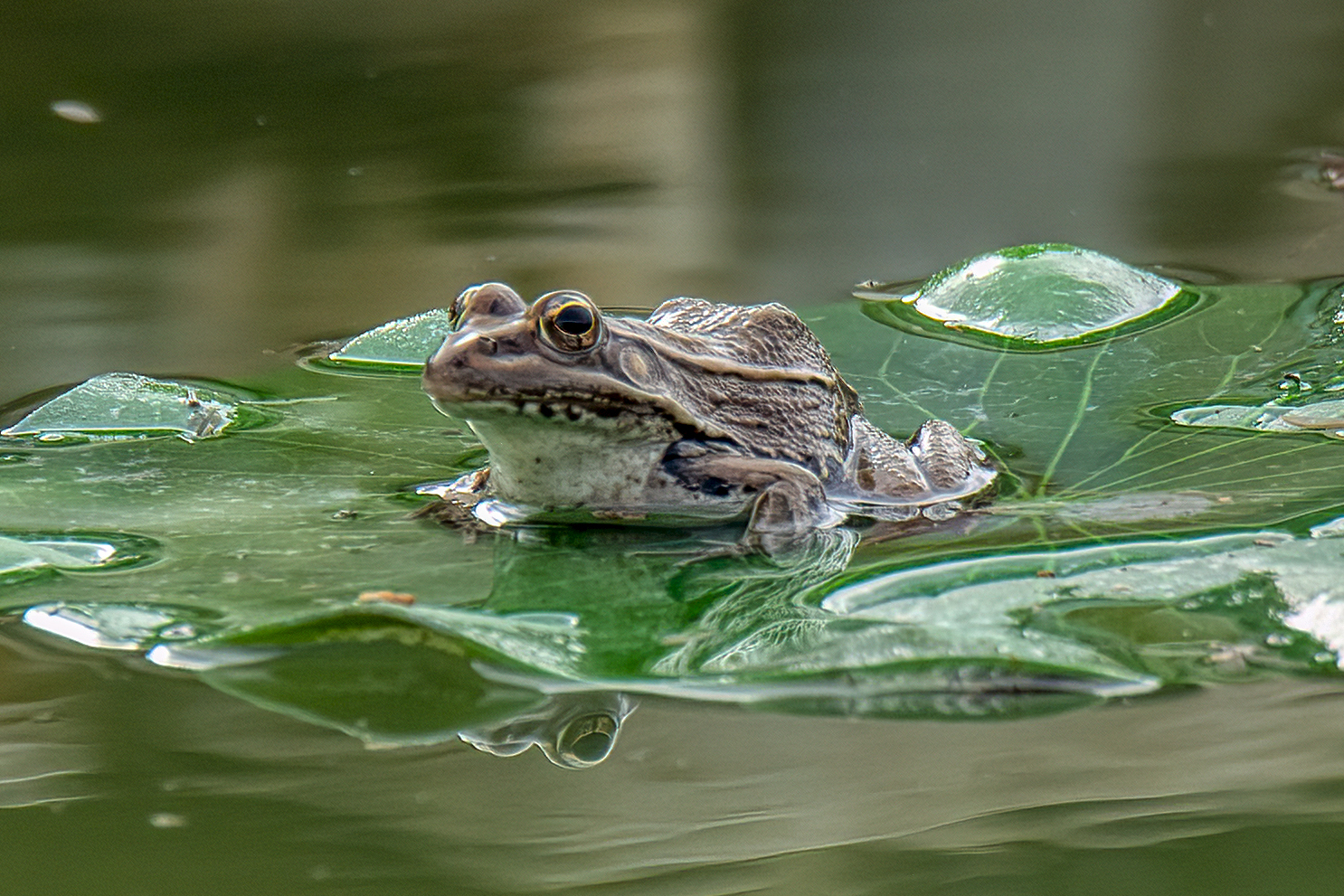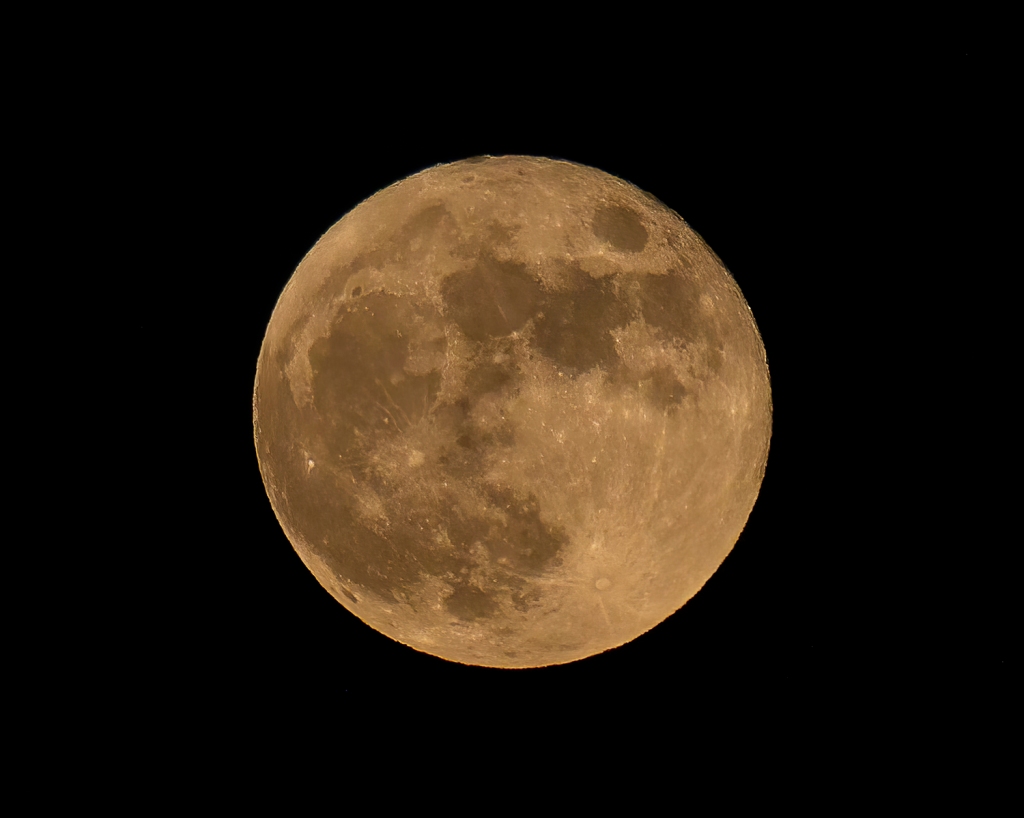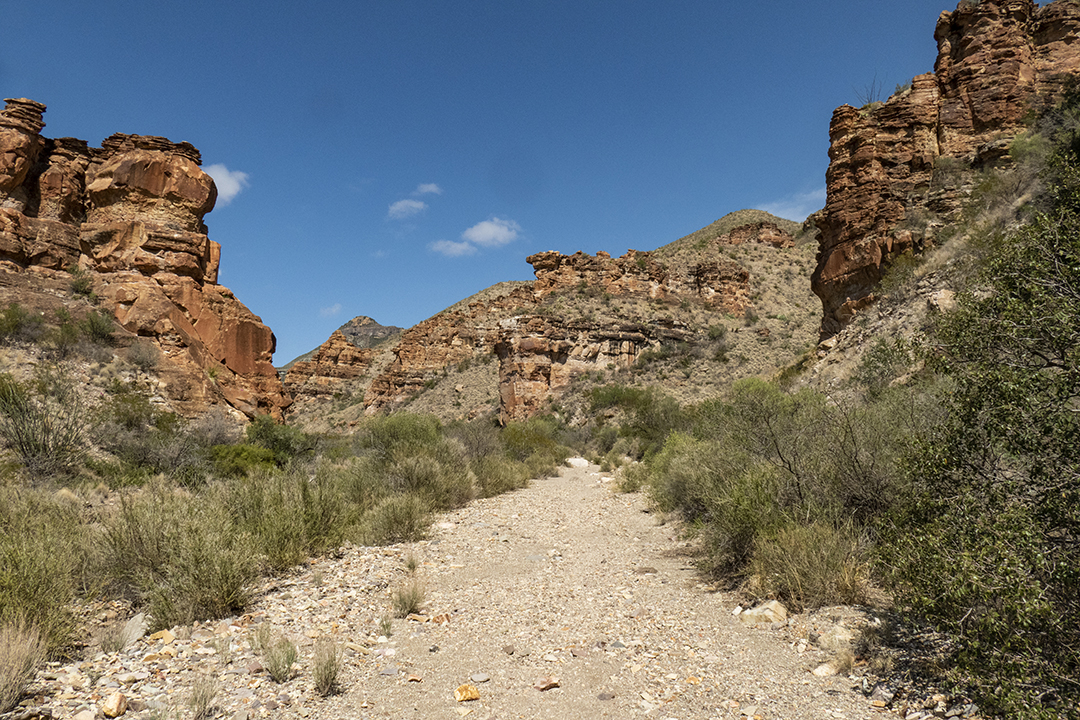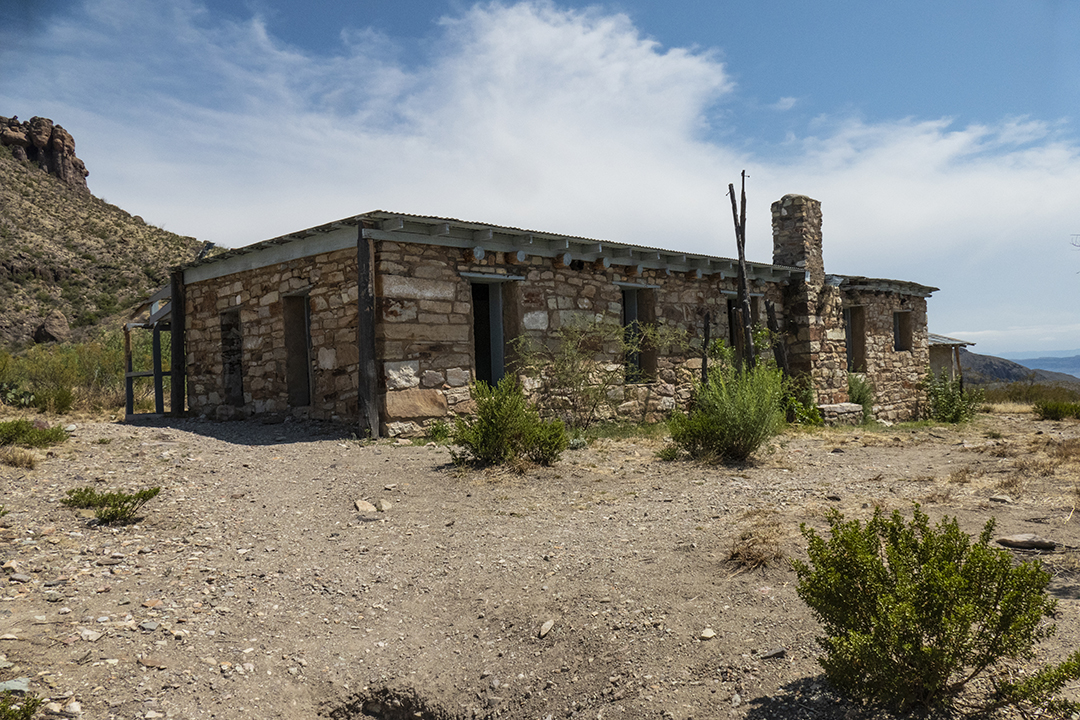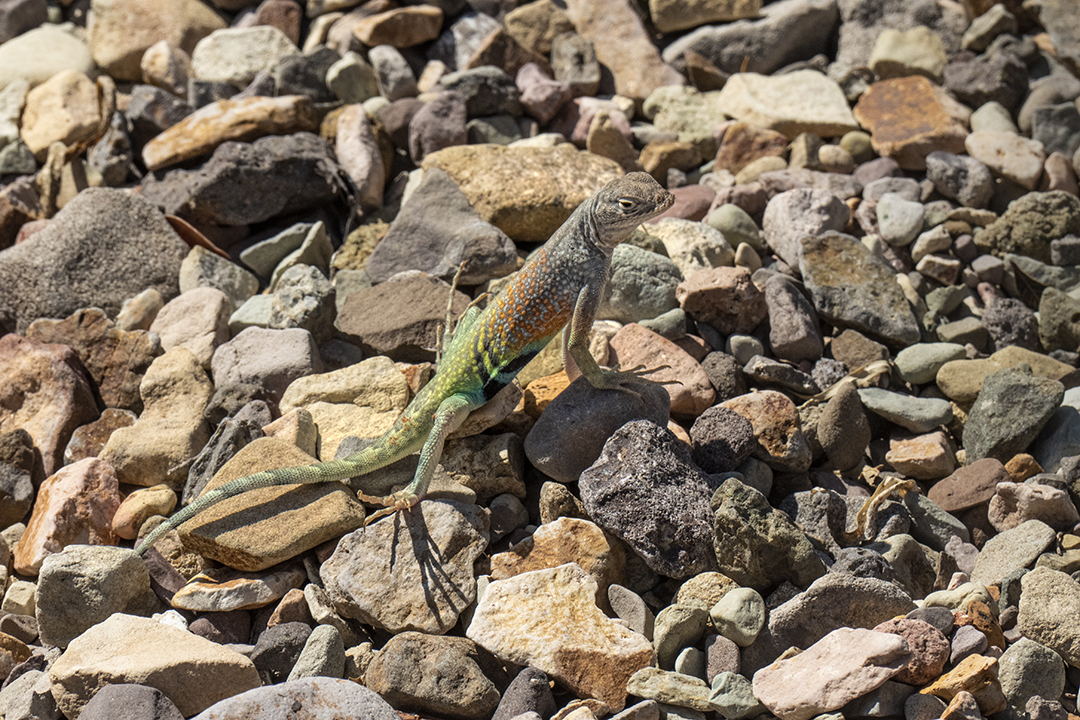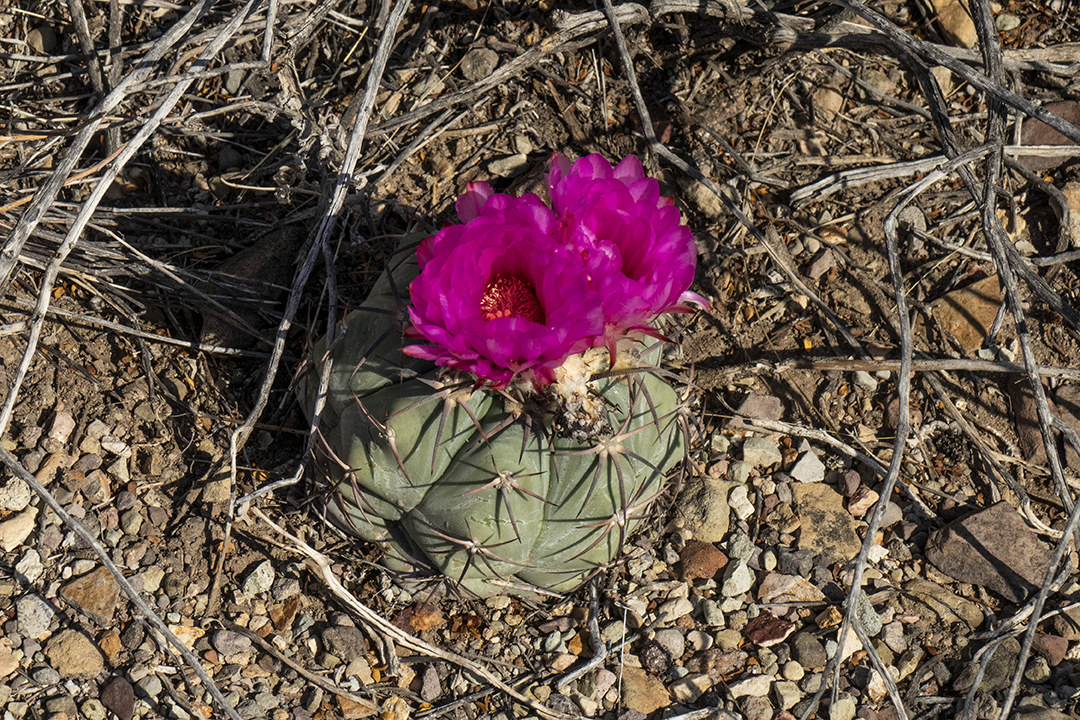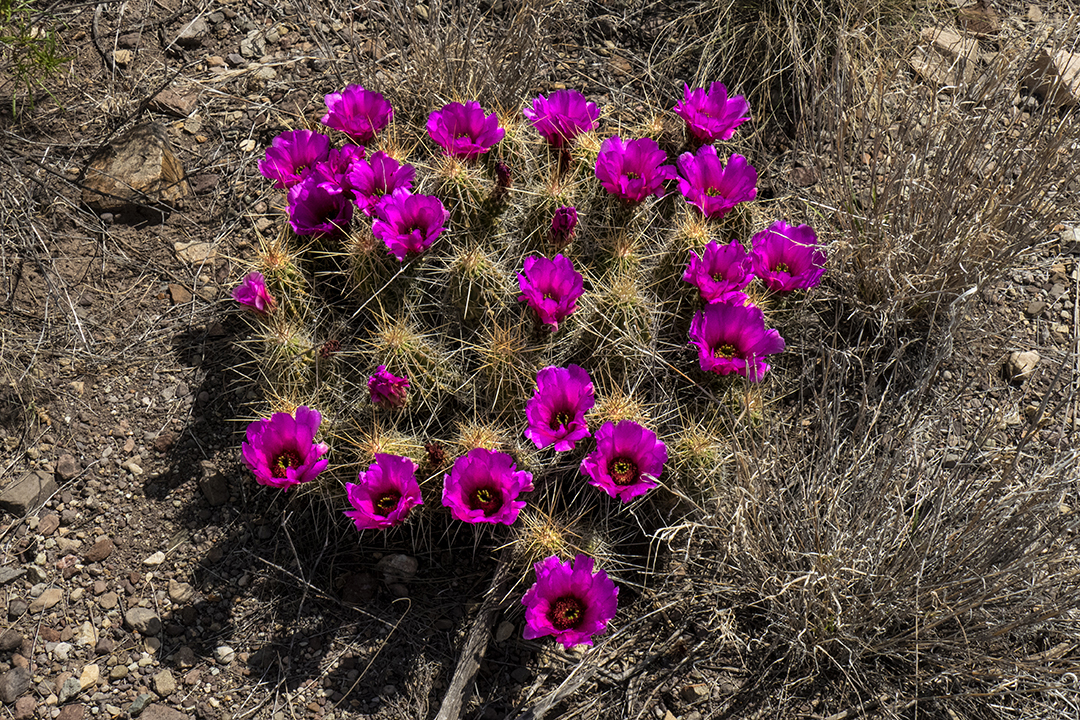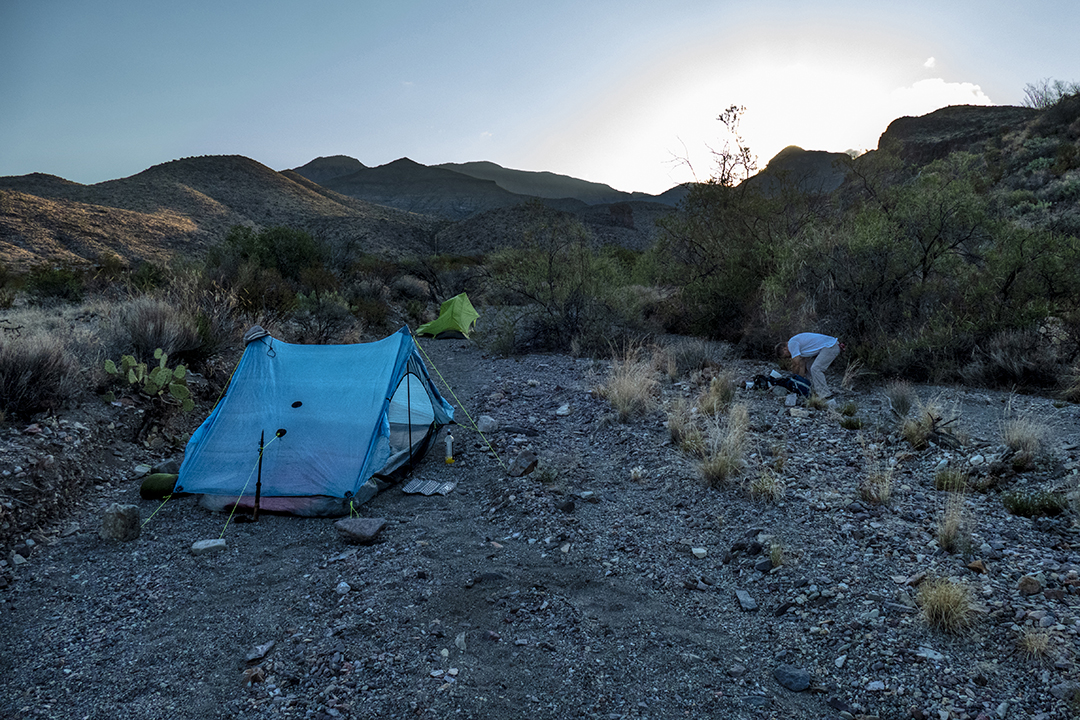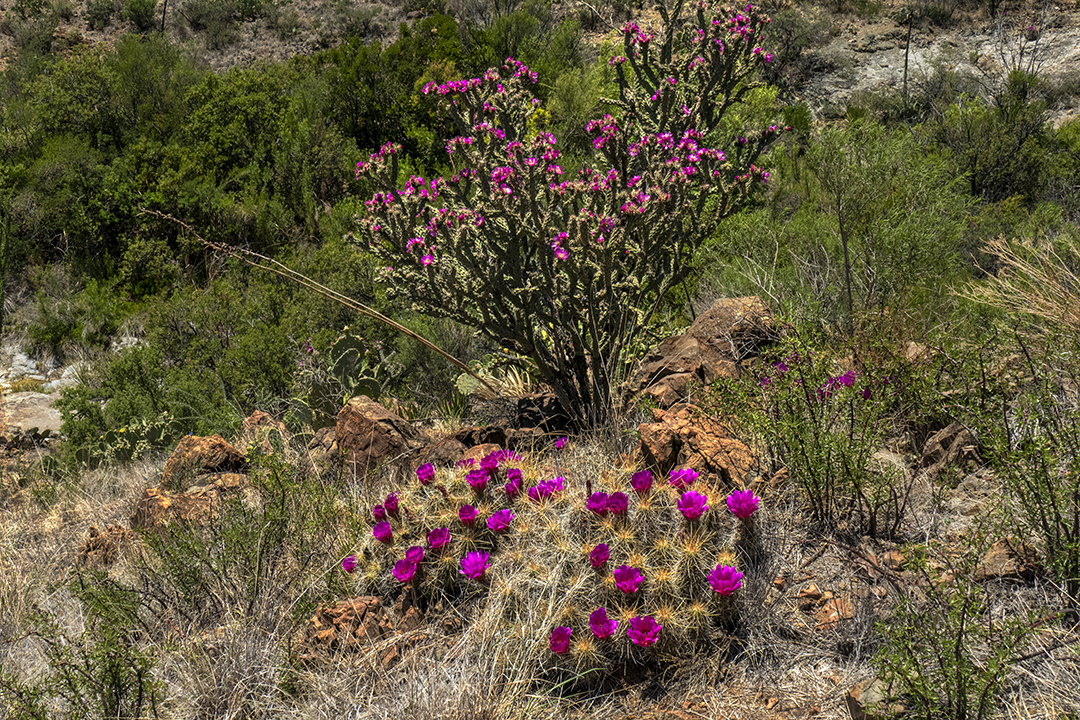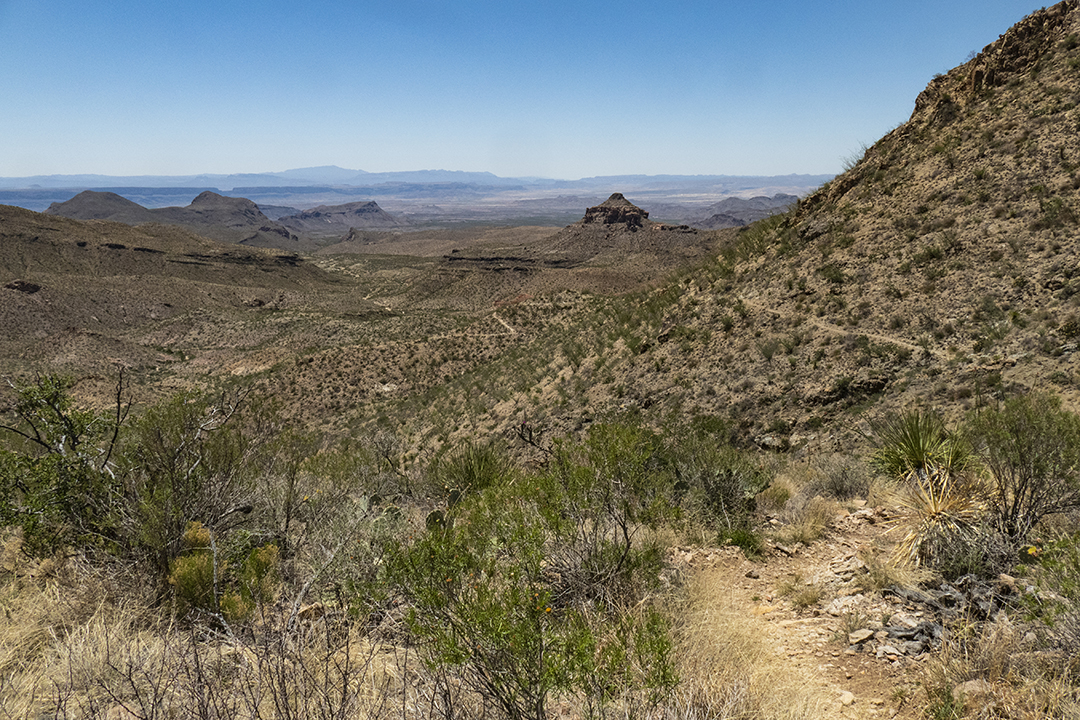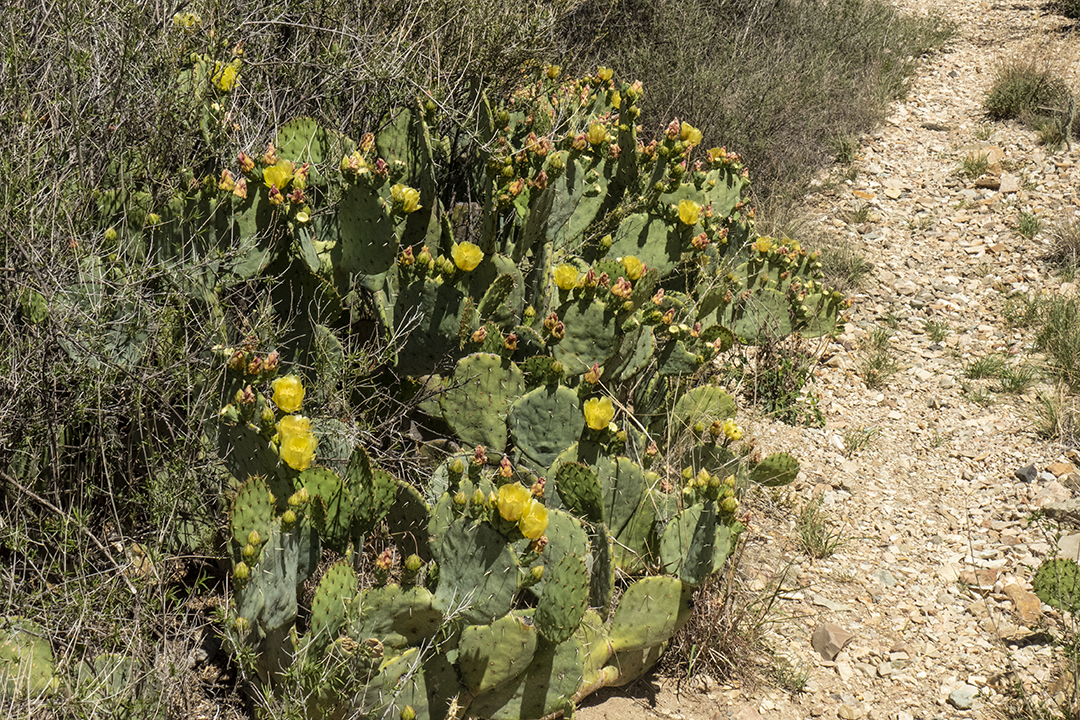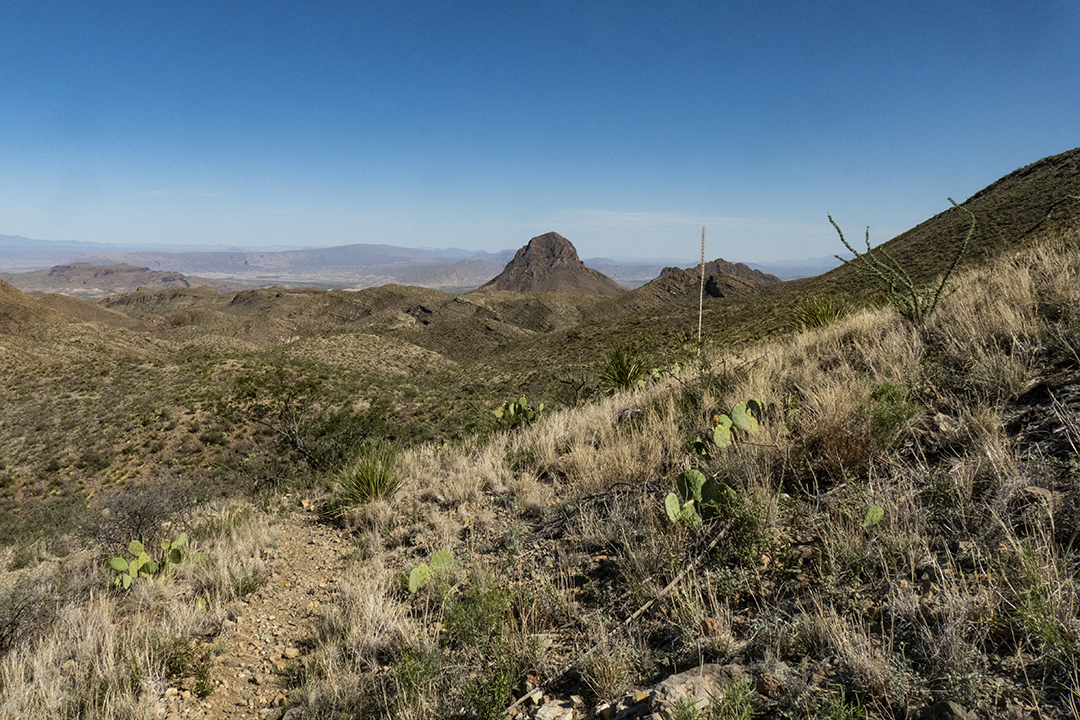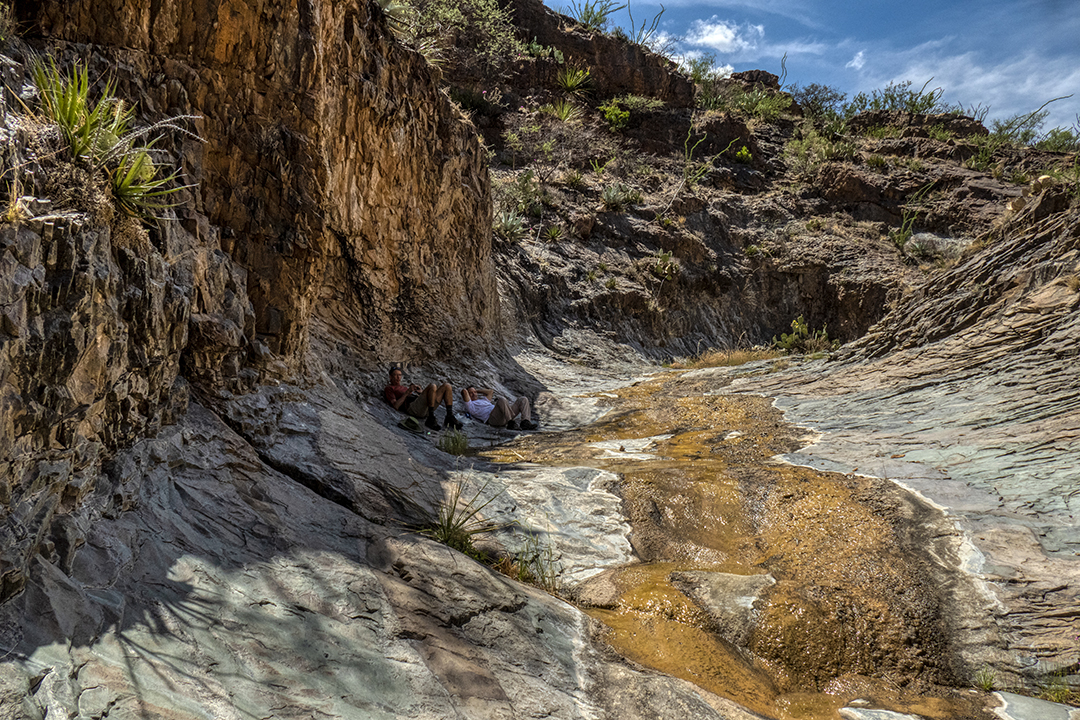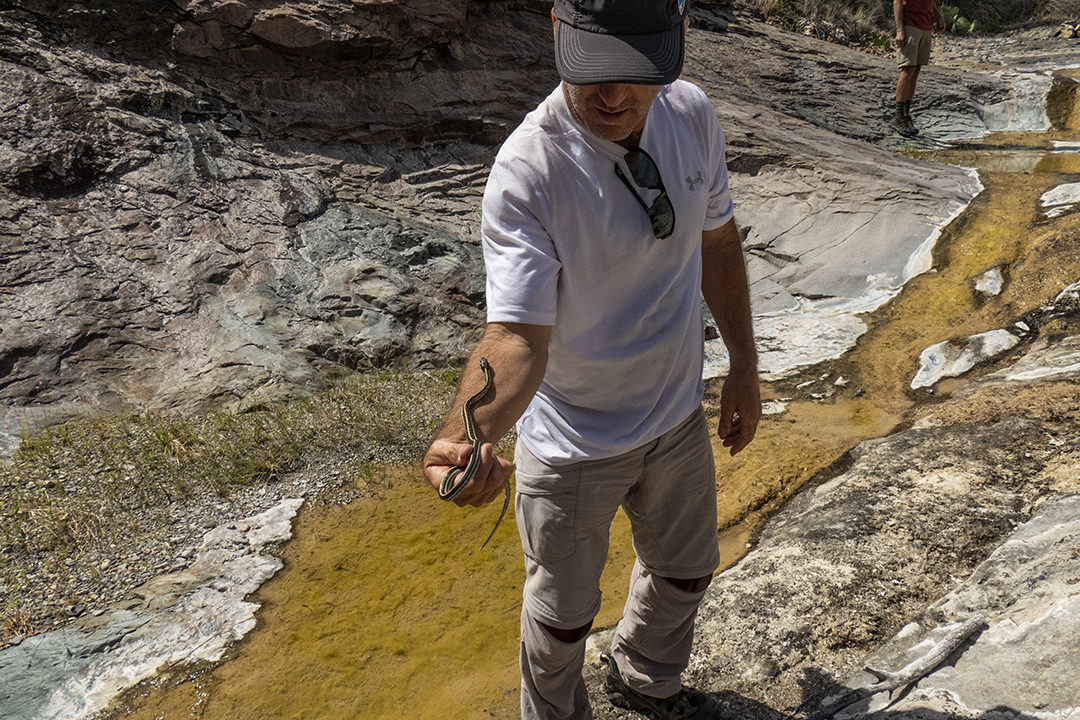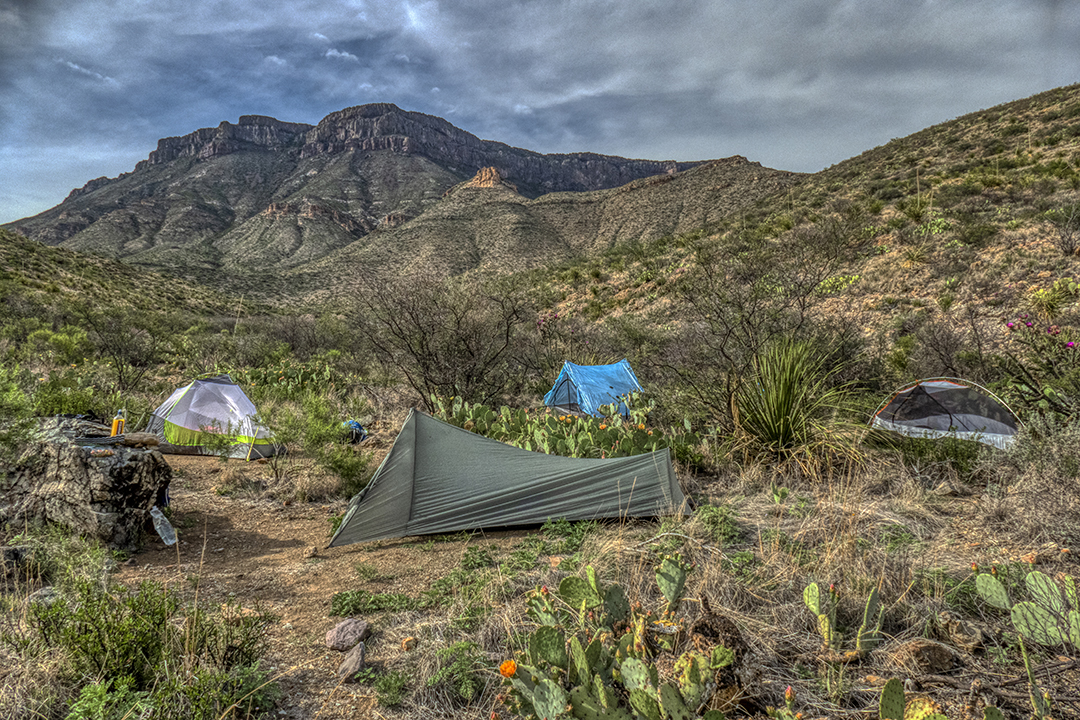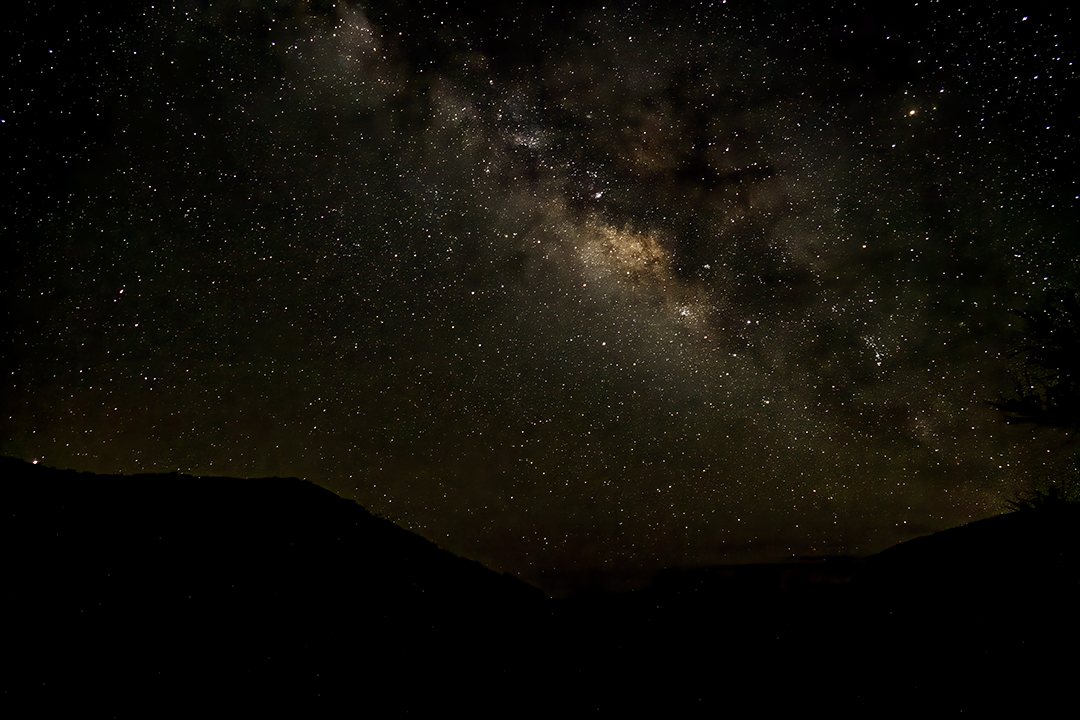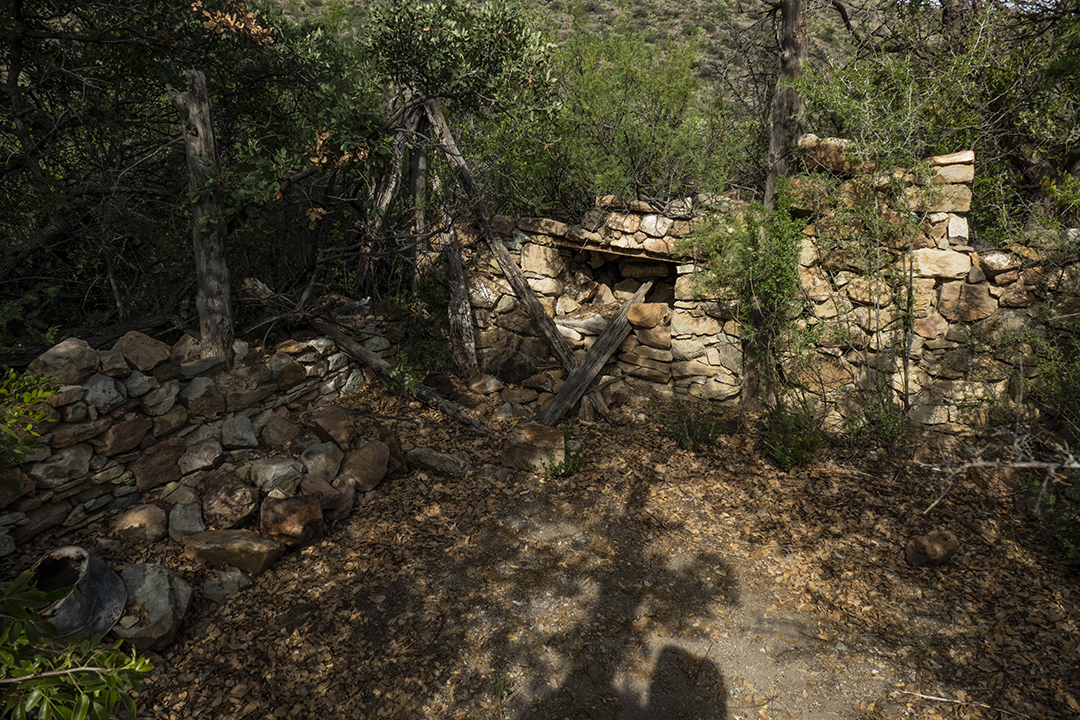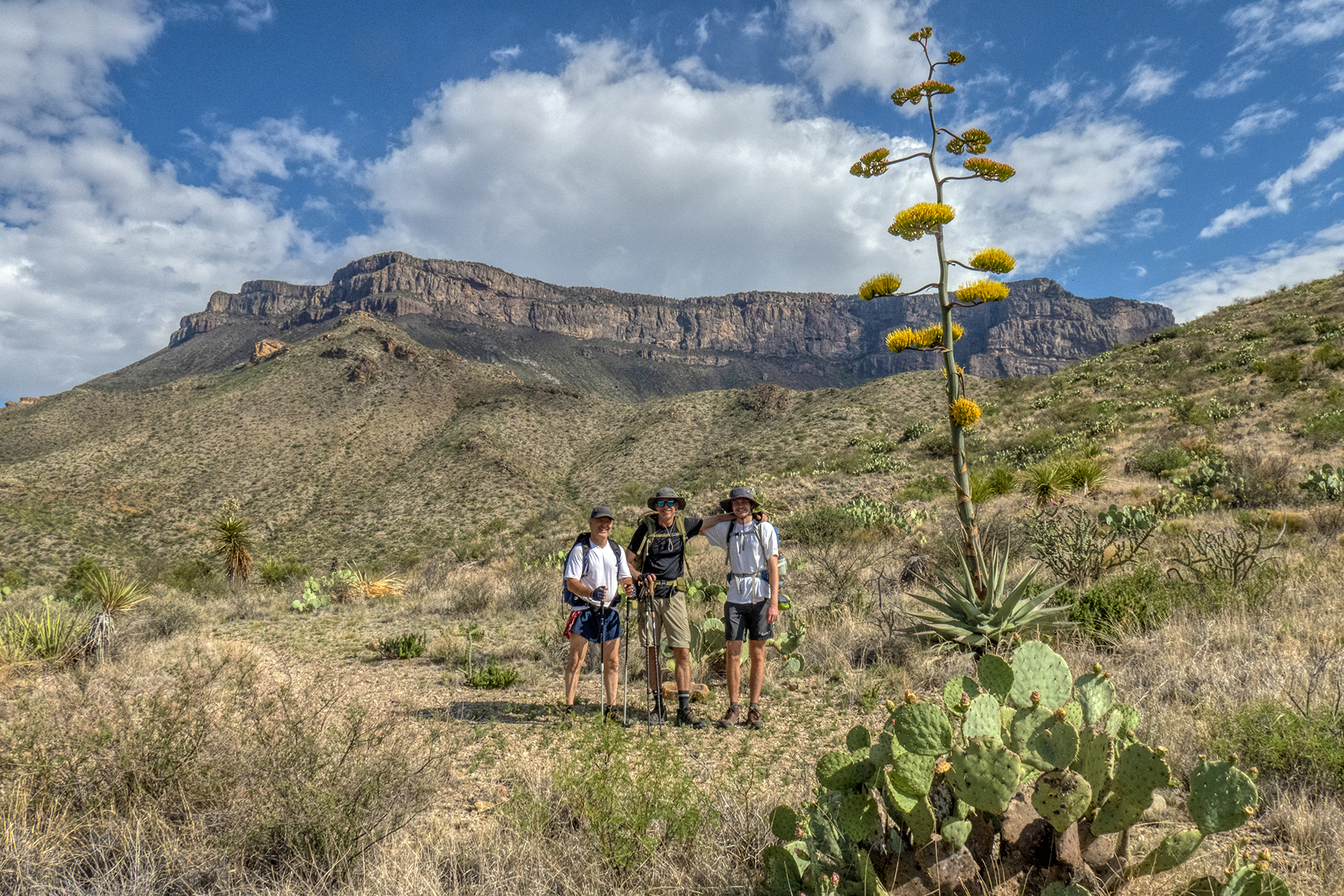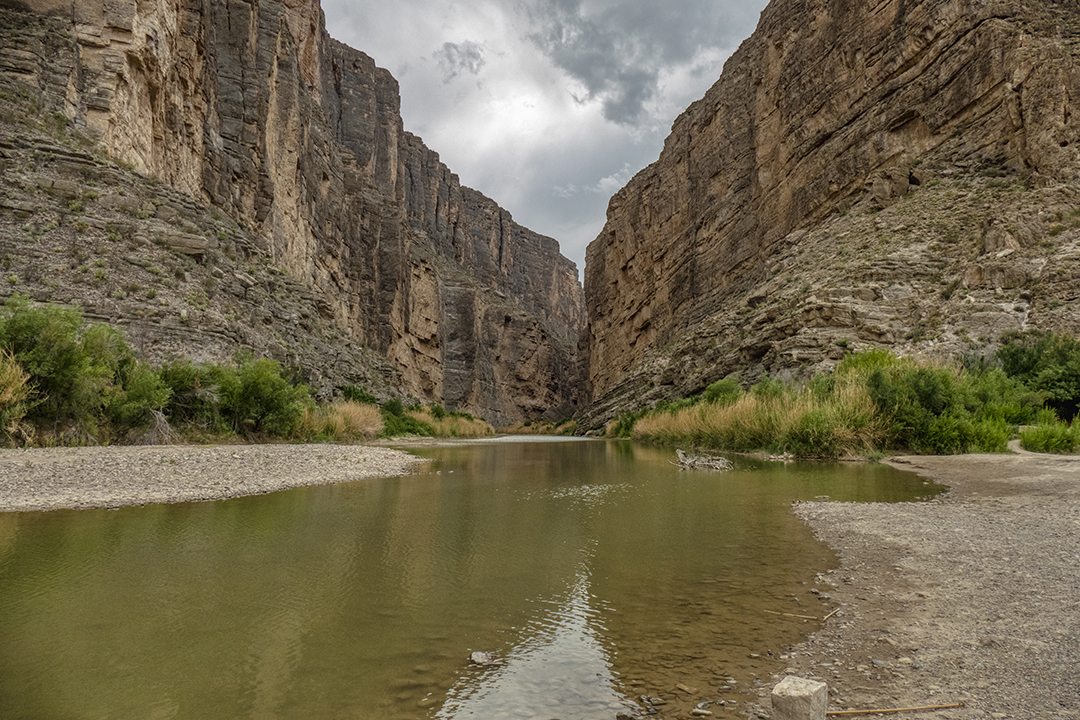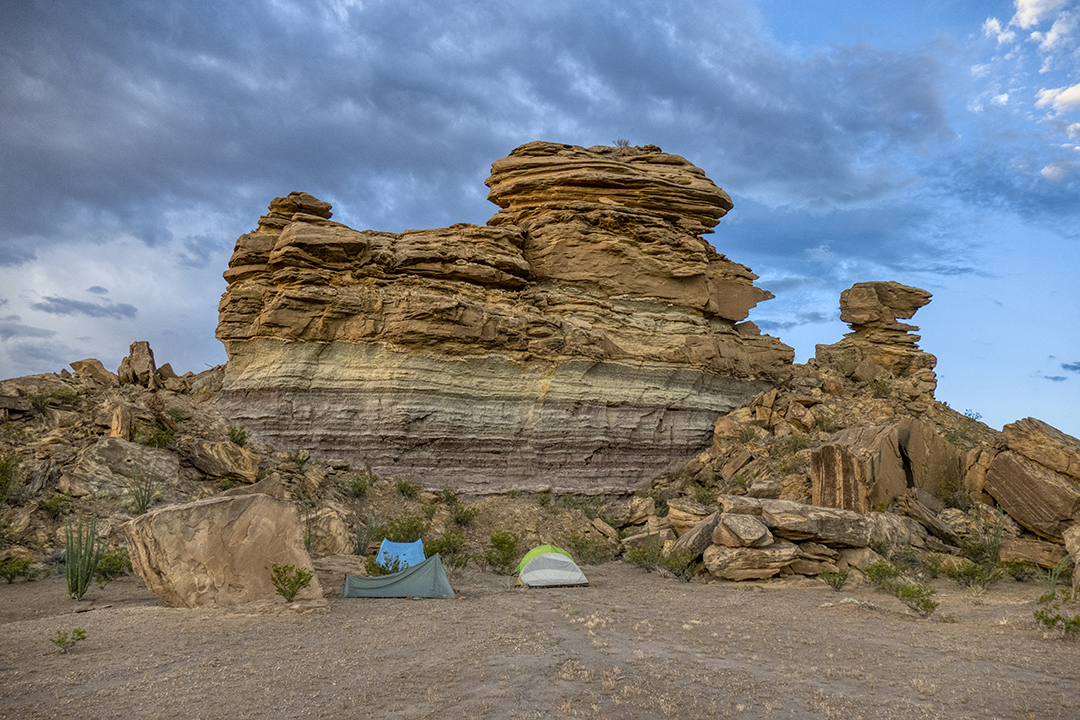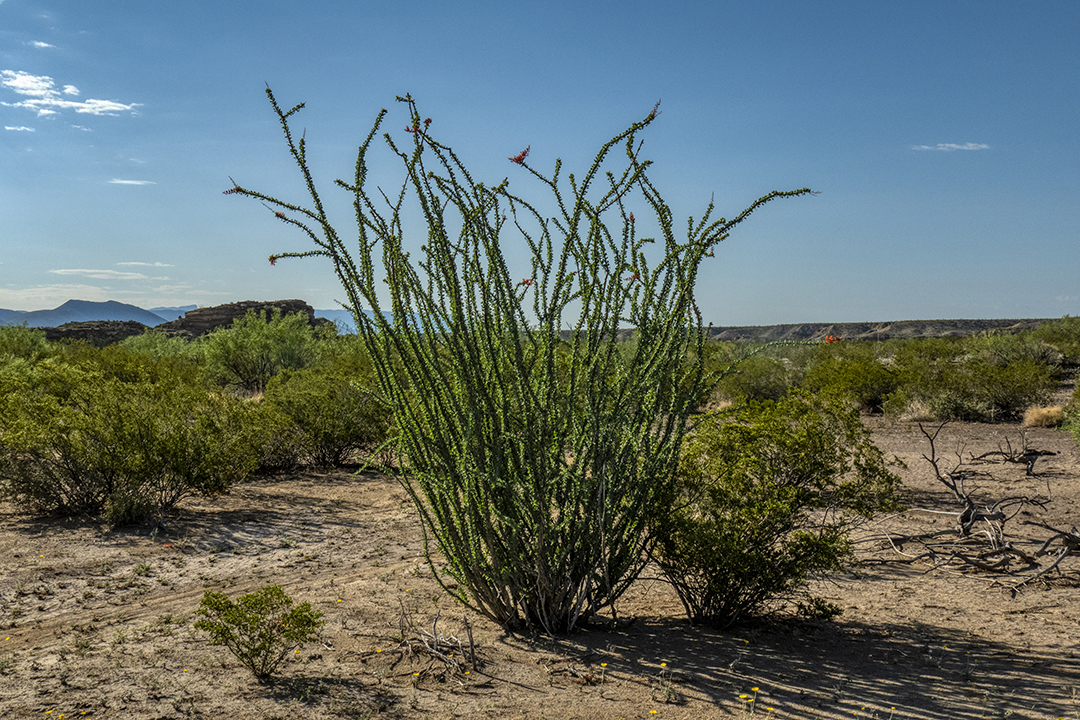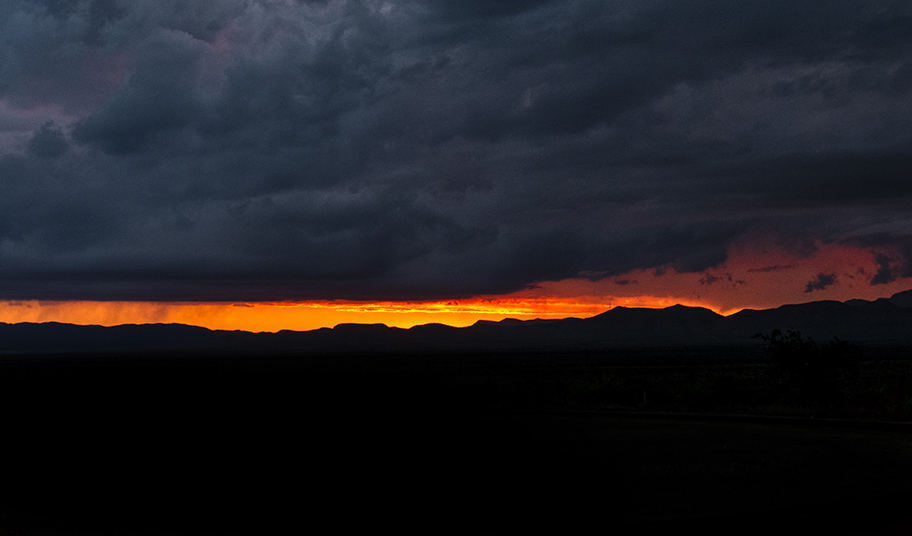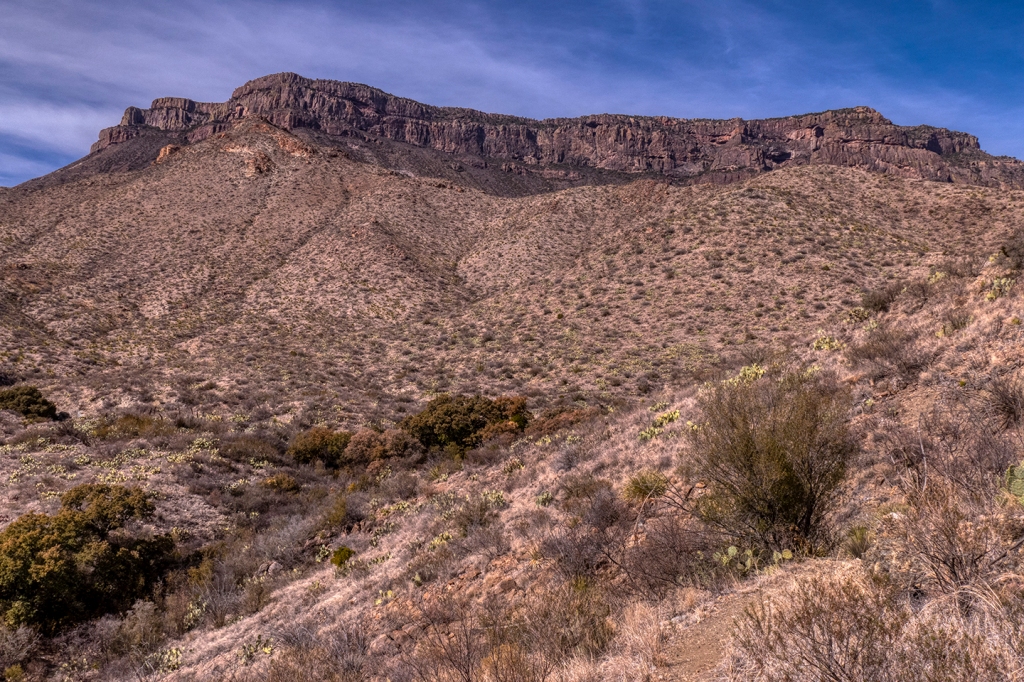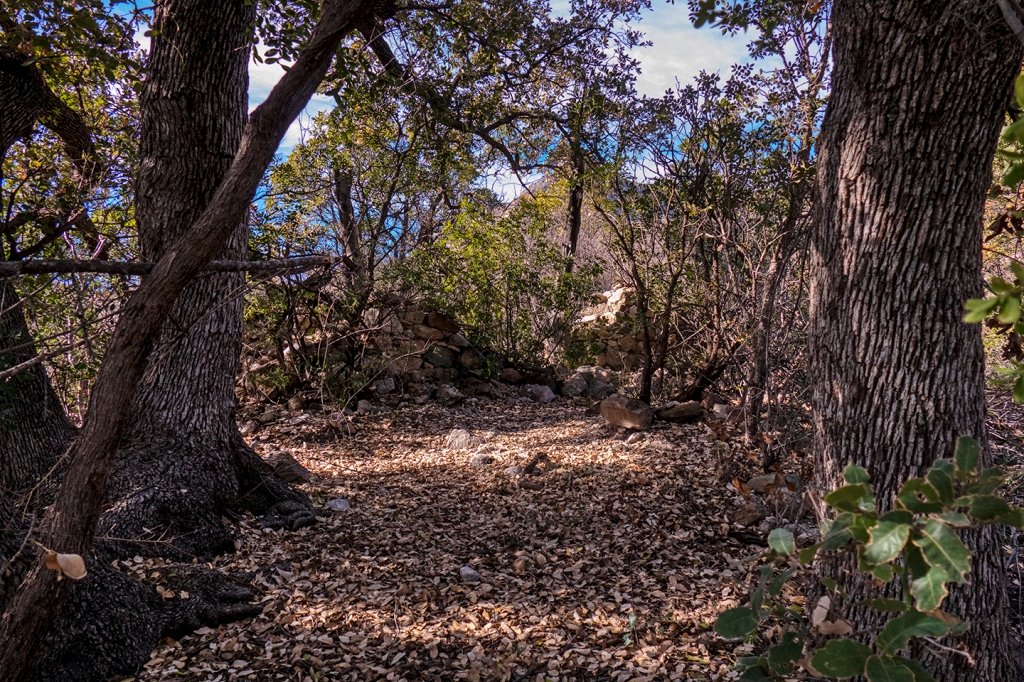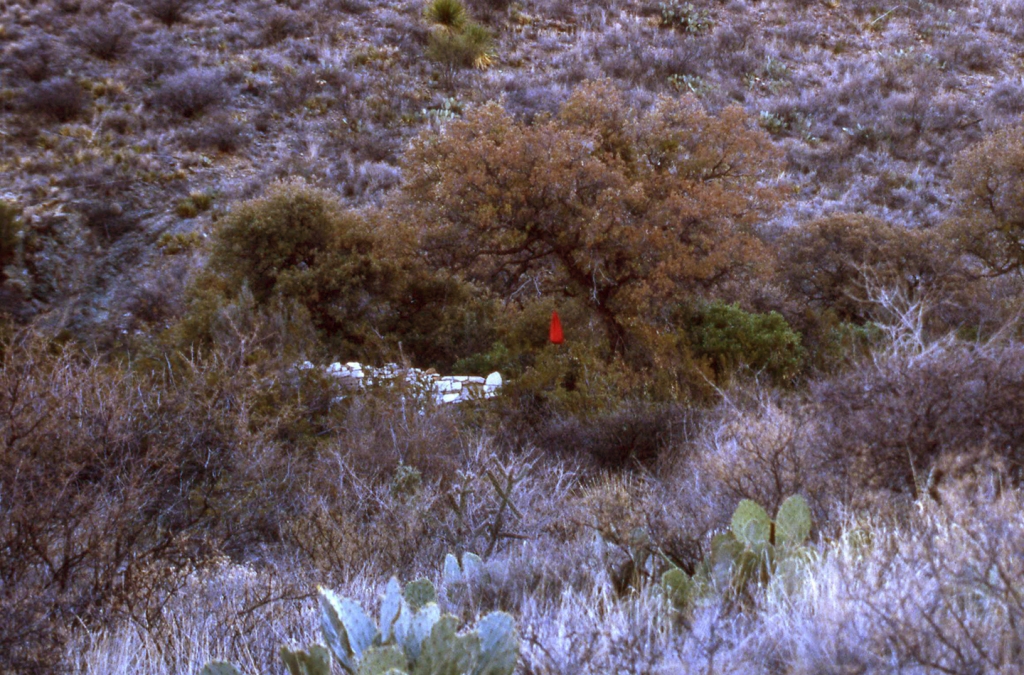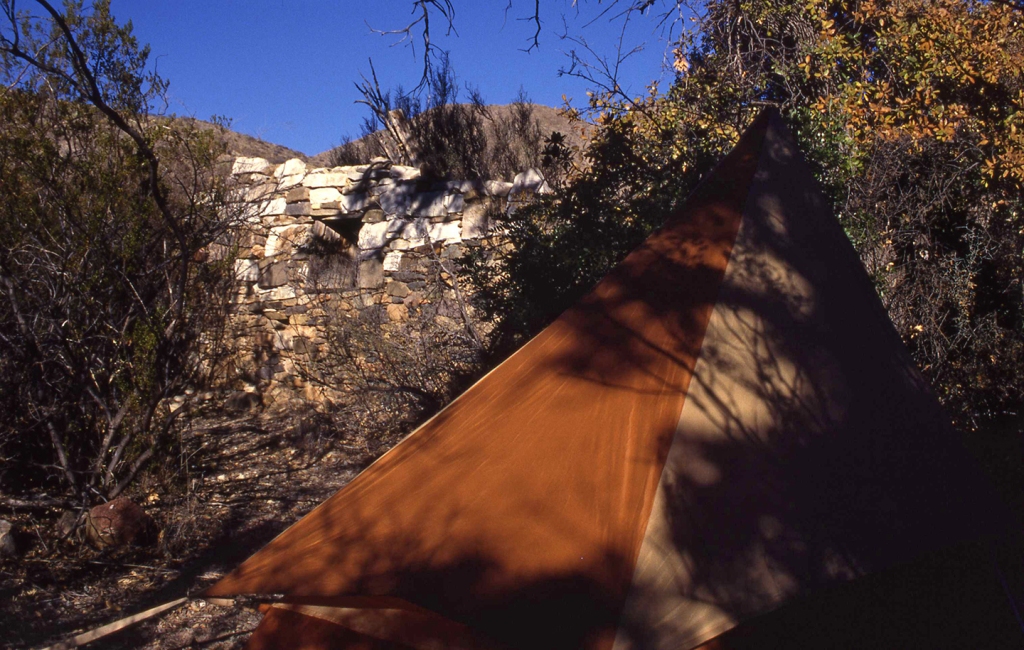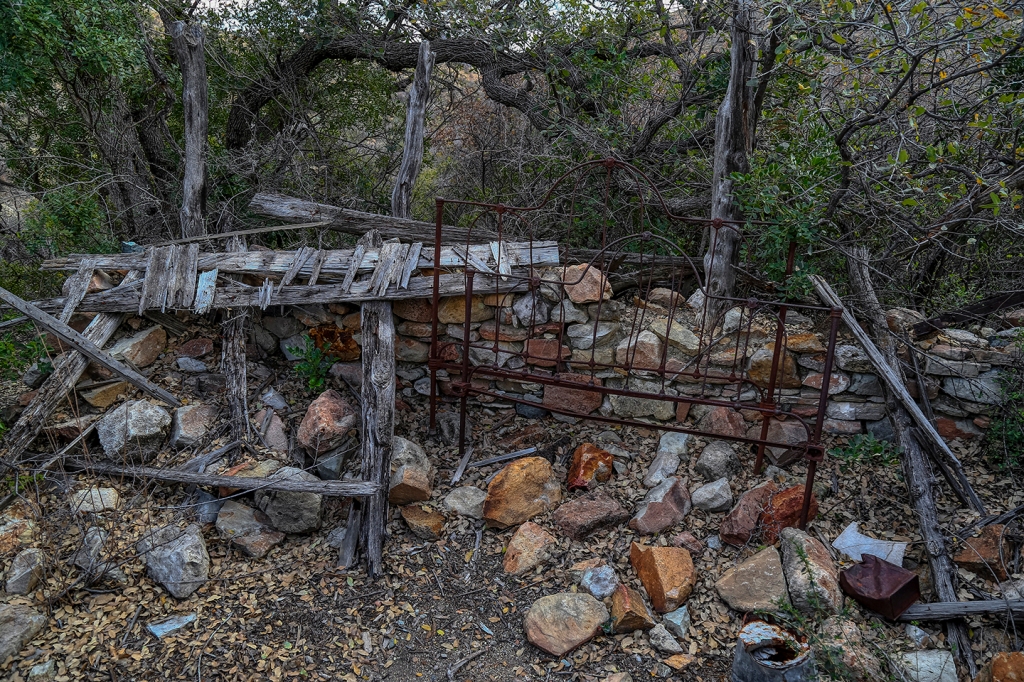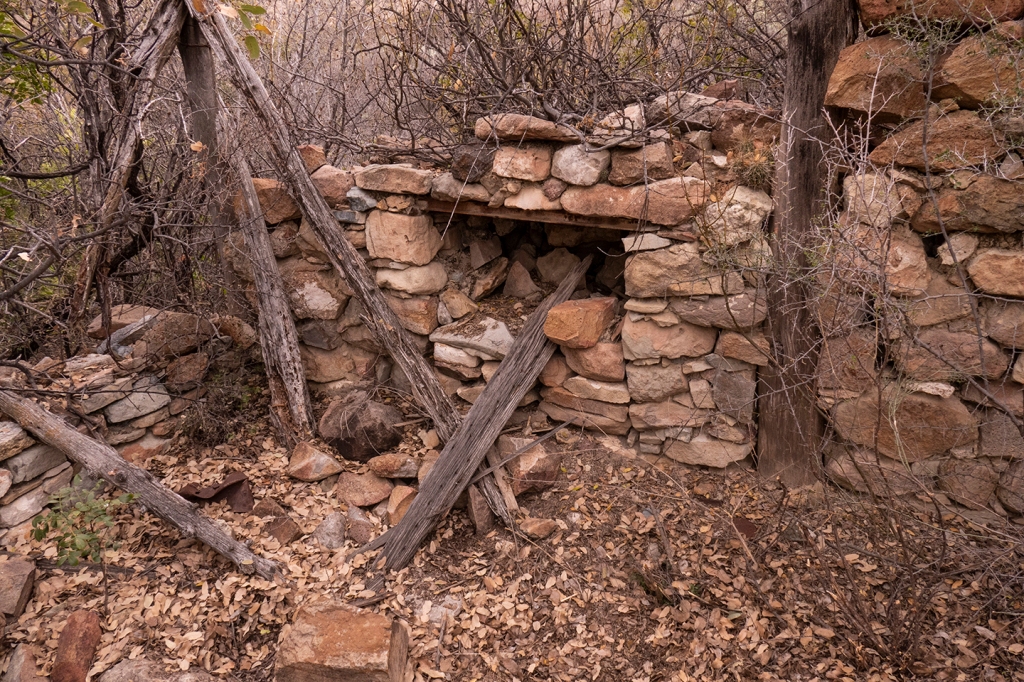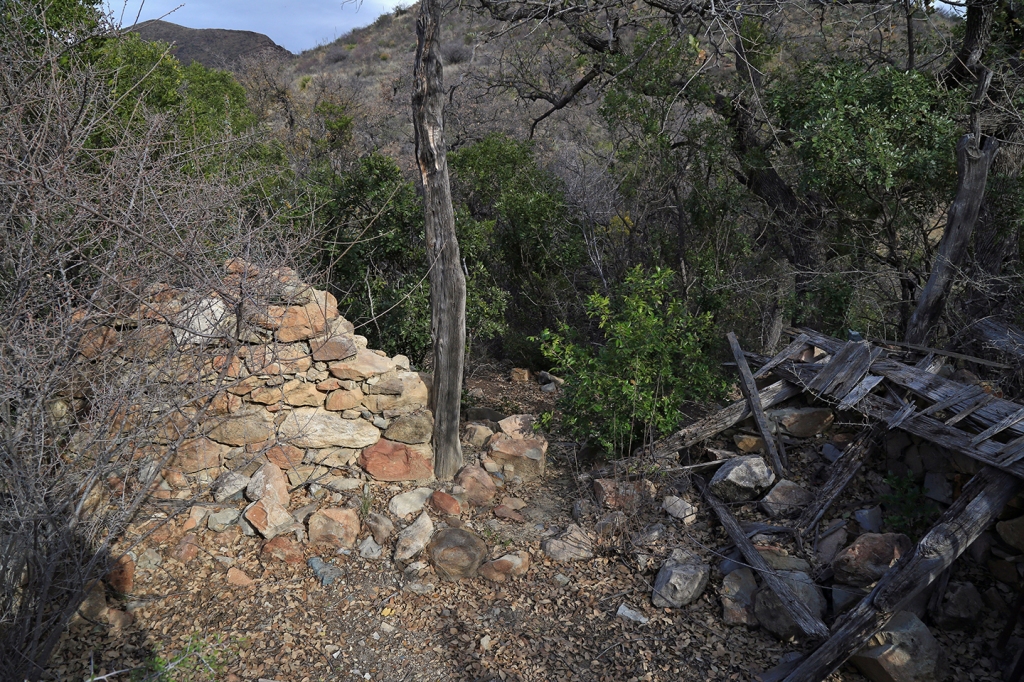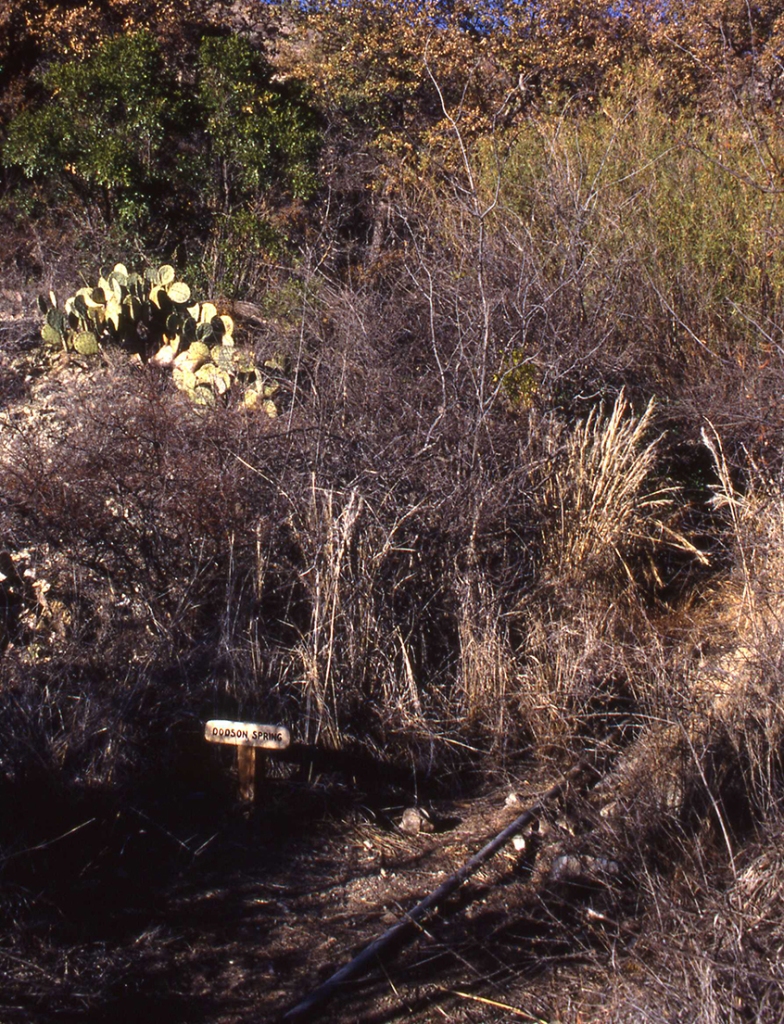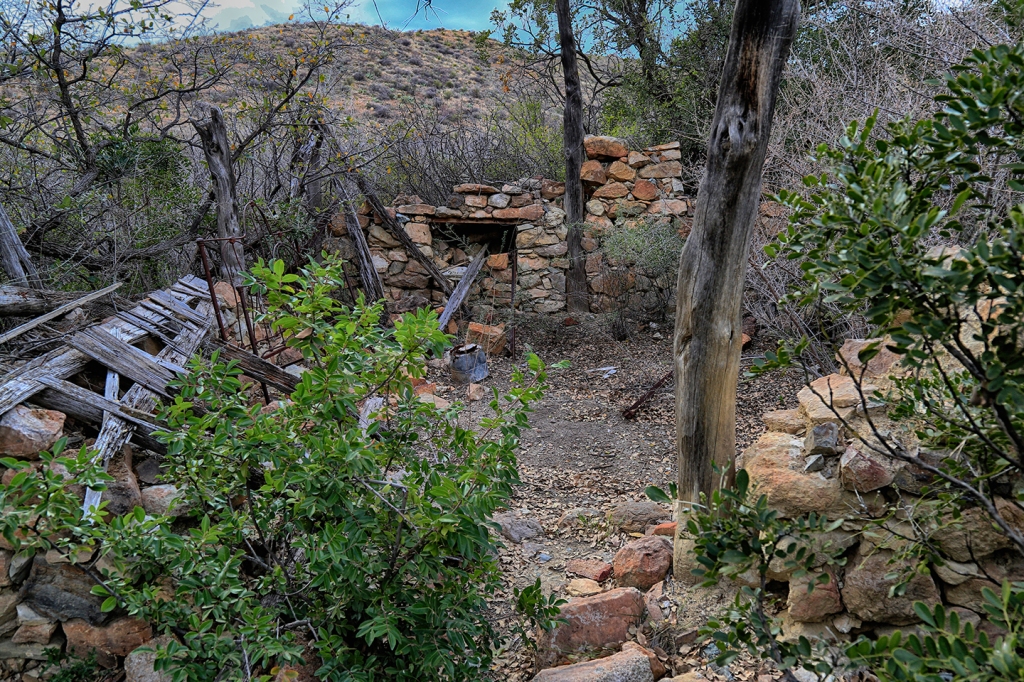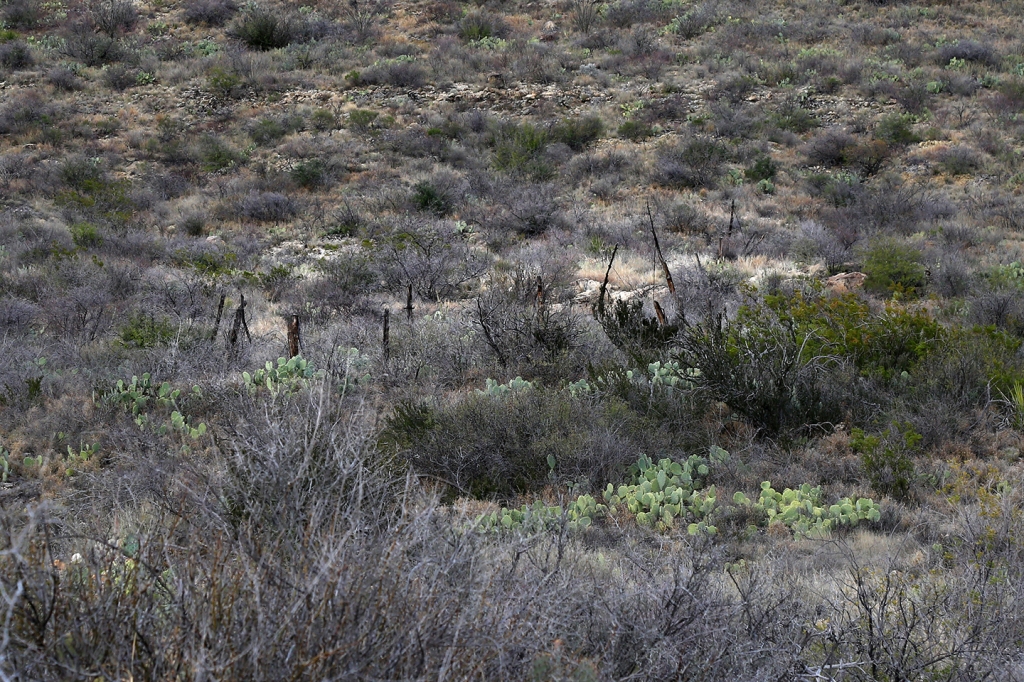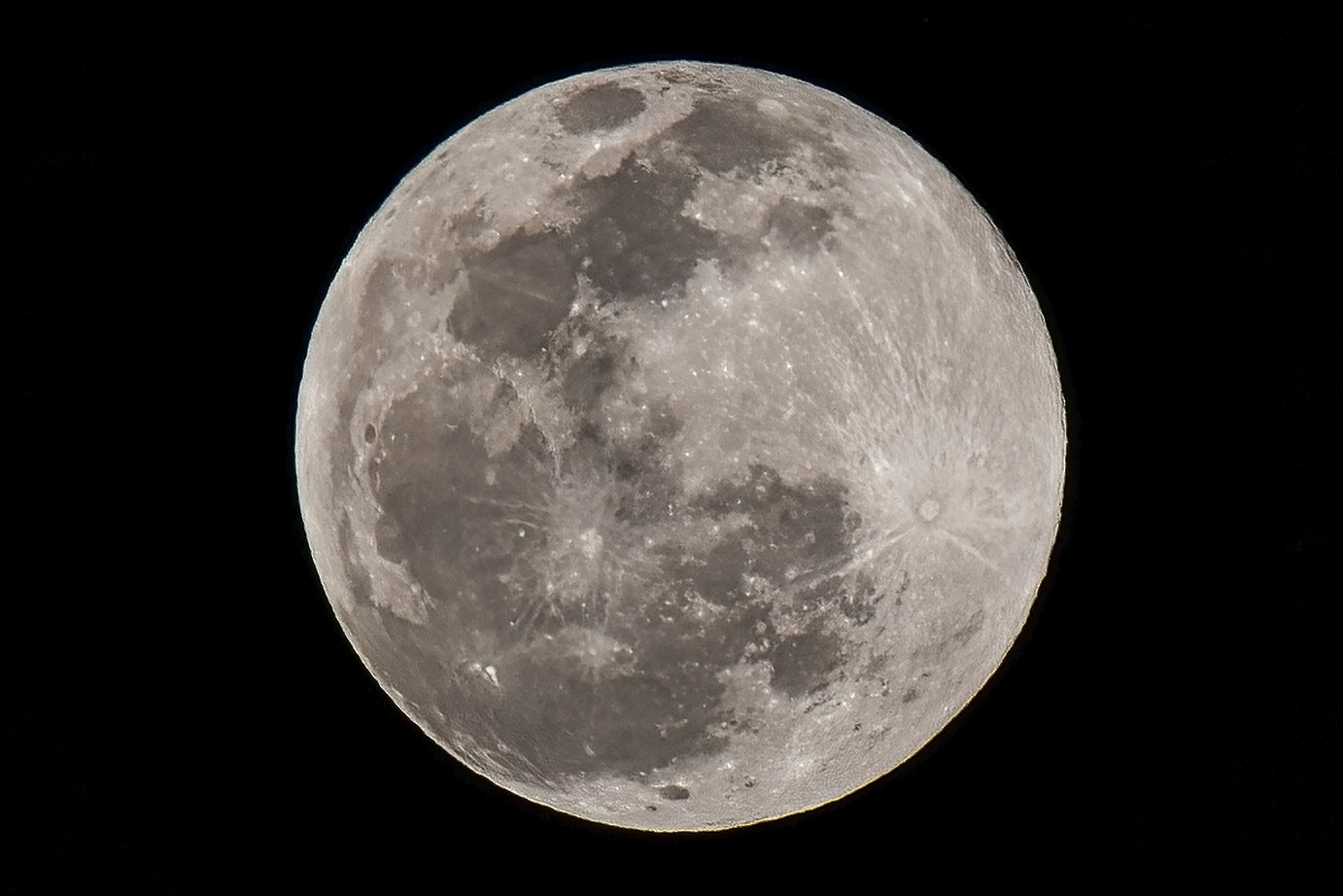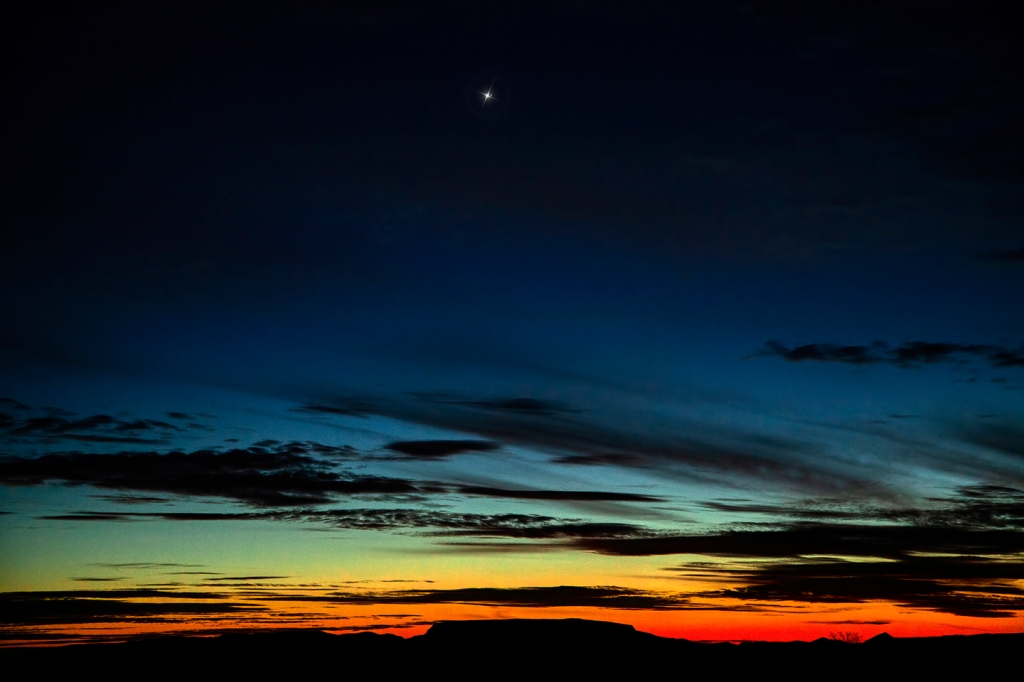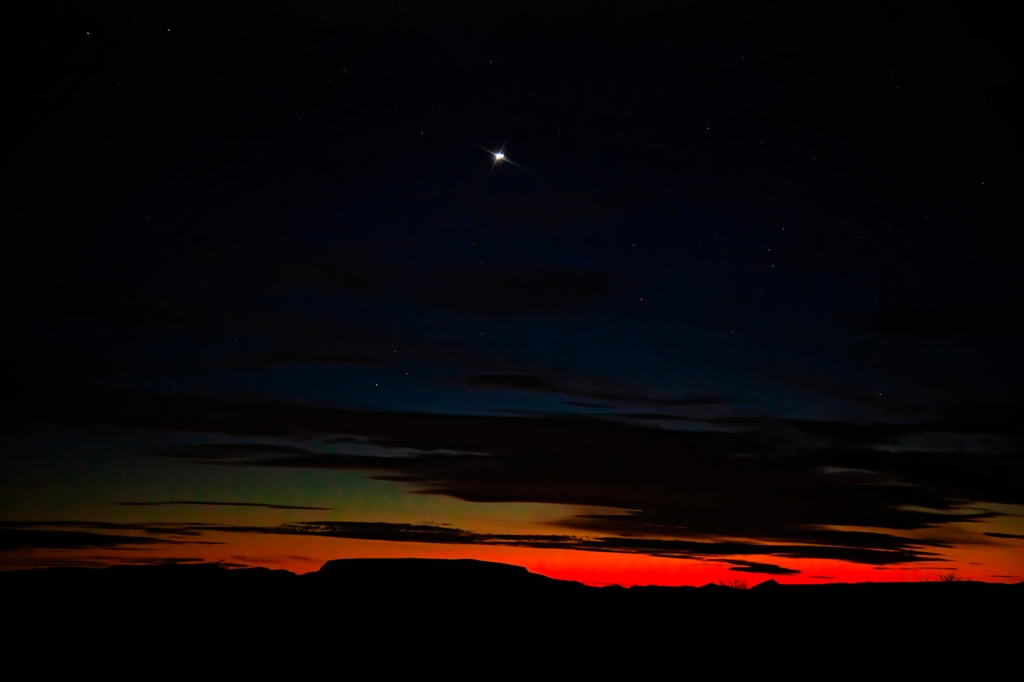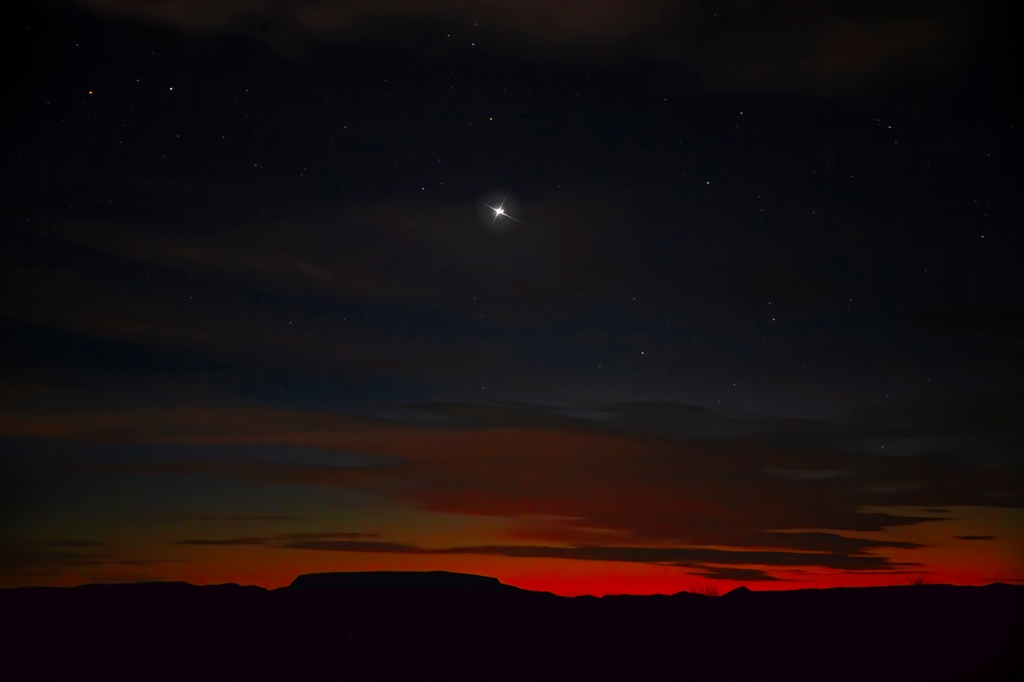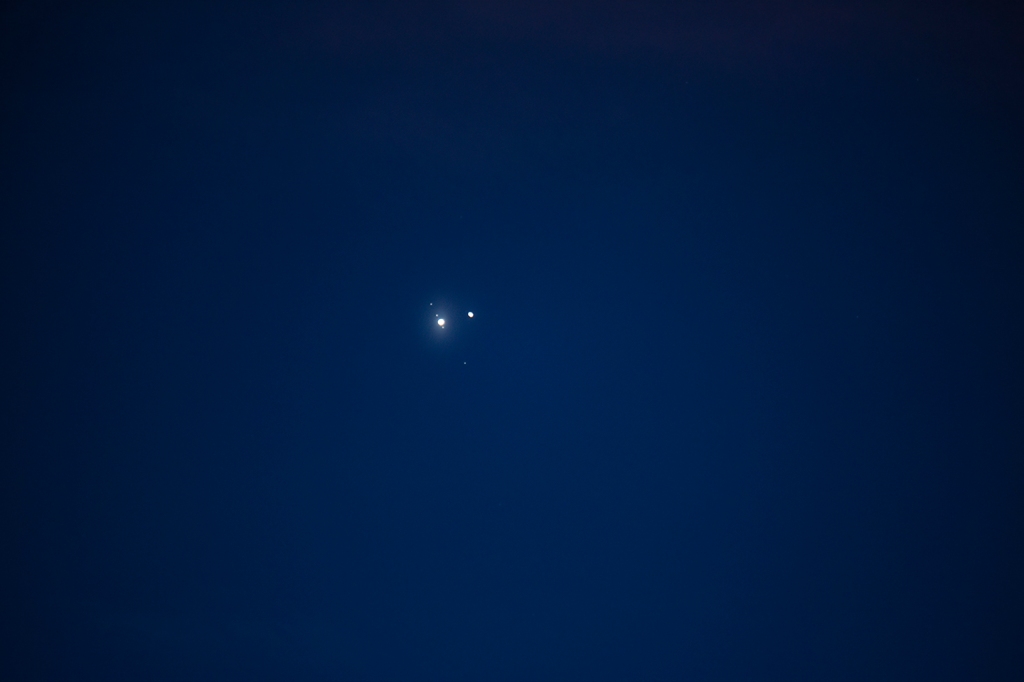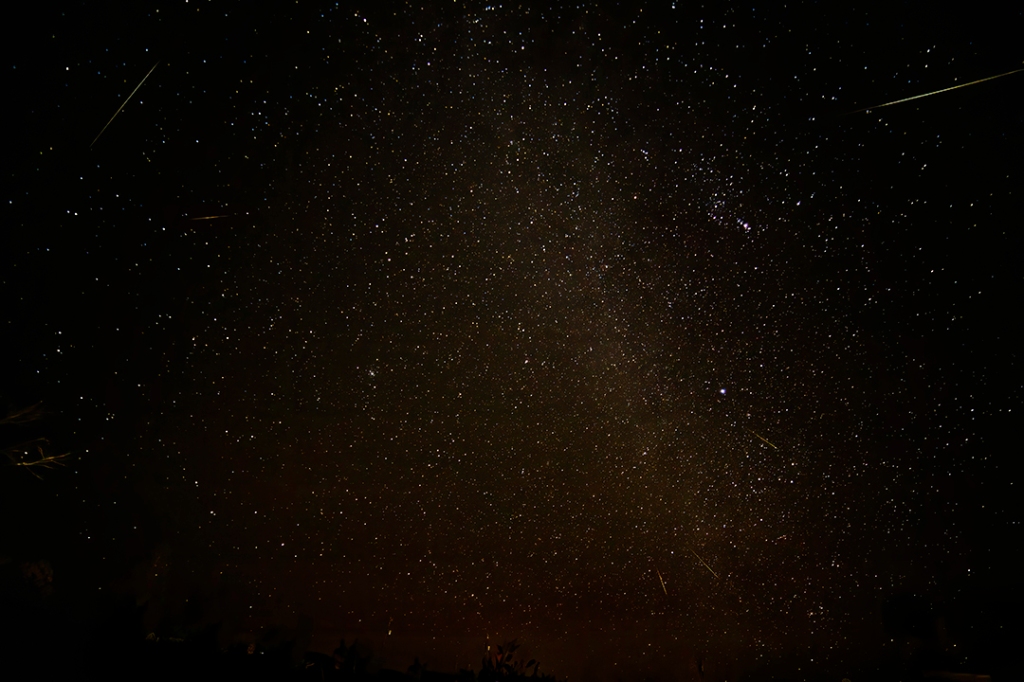With the coming of the Christmas holiday, and the new year right around the corner, it seems fitting that I share a poem that I wrote 30 years ago about my feelings toward Gaia, or the health of our planet, and where we’re going as caretakers of this marvelous creation. This year of 2020 can either be one of despair, or it can be one of awakening.
I wrote this poem sitting on a rock in the high desert as a clearing storm painted a rainbow across the early morning sky, and the photograph below was taken at that time on a Minolta 35mm camera using Kodak Kodachrome 64 transparency film. The words came flowing out, sitting on that rock, and writing on an old notebook with a stub of a pencil (you do remember pencils and paper, don’t you). It really was a time of reflection, and discovery, and hope:
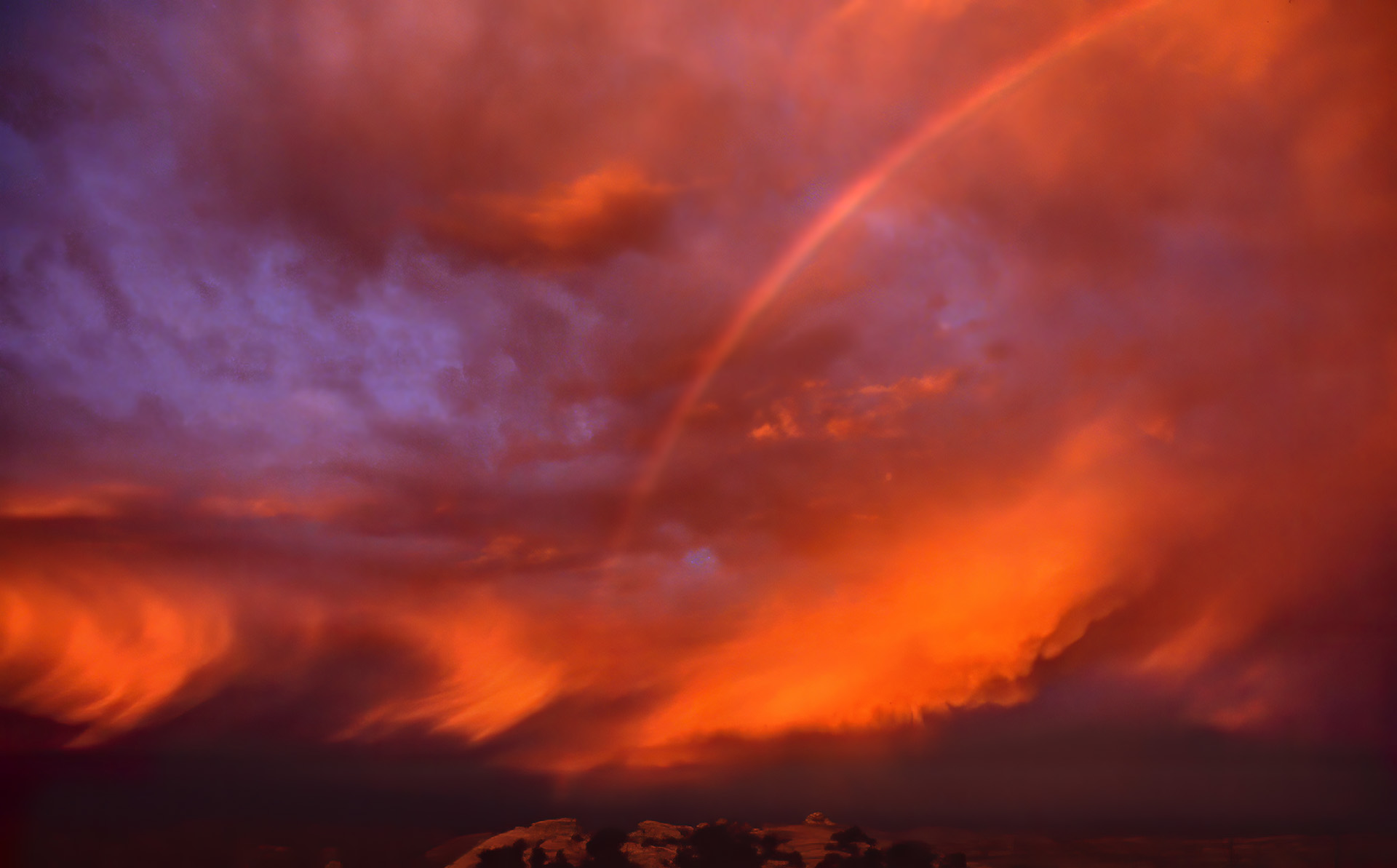
Epitaph for Wild
There’s a Kingdom where the ravens play with rainbows
And the mountains kiss the sky,
As the dancing crimson sunbeams paint the heavens
Where the Angels learn to fly;
Where the silence of a moonbeam echoes wildly
Through the caverns of my mind
And this cool September morning fills my marrow
With a high desert high.
A siren’s song is taunting from
The pinnacles and valleys of this land;
The desert’s silent melody is calling
Like a lover or a friend,
And yet this fickle lady wipes my footprints
From her shifting, blowing sand
As though I never was…so like
The flicker of a firefly on the wind.
I walk among these canyons where the
Ancient Shaman lived, and loved, and died;
I feel Him walking with me, I see His tears
And hear His mournful cry;
But not a sorrow for Himself,
Nor for a son, or for a daughter’s child…
These tears are shed for Mother Earth,
For Bear, and Hawk, and Wolf, and Father Sky.
The Shaman’s cheeks are pitted, as from poisoned tears,
So like the acid rain
That falls upon the scorched earth where the
Graceful raptor’s shattered bones are lain;
Where once God’s mighty warriors of the mountains roamed,
Long absent from their dens,
As wildness lies bludgeoned unto death…
What a treacherous lot we call men.
Behold, the changing colors in the clouds
Forever heralding the rain,
The lifeblood of the desert, coursing
Wildly through her arteries again;
Life has been renewed and resurrected,
All forgiving of the pain;
It seems to me a promise,
Not a legacy of ages lived in vain.
There’s a Kingdom where the ravens play with rainbows
And the mountains kiss the sky,
And the dancing crimson sunbeams paint the heavens
Where the Angels learn to fly;
Where time and space rejoice in singularity
As once it all began…
And starlight waltzes lightly with my soul,
As God proclaims, “I Am”
©1990 Bob Freeman
This planet has endured and evolved, and will continue to do so in spite of our treatment of her, and will adapt and change and continue to evolve with or without us.
As we move into a new year, with new opportunities for understanding, and new opportunities for change, we must do so, or we will find that we really will have lived in vain. I still choose to see the glass half full.
